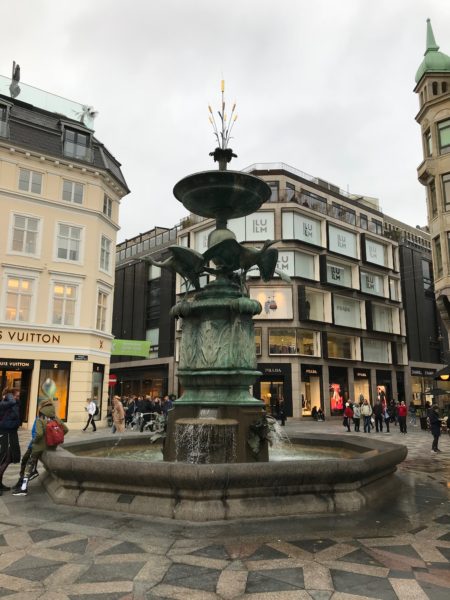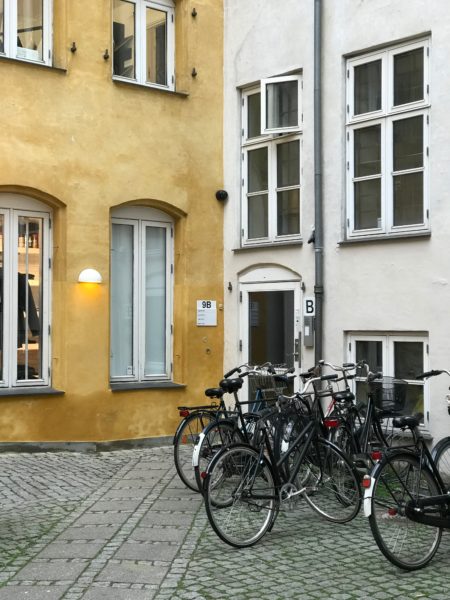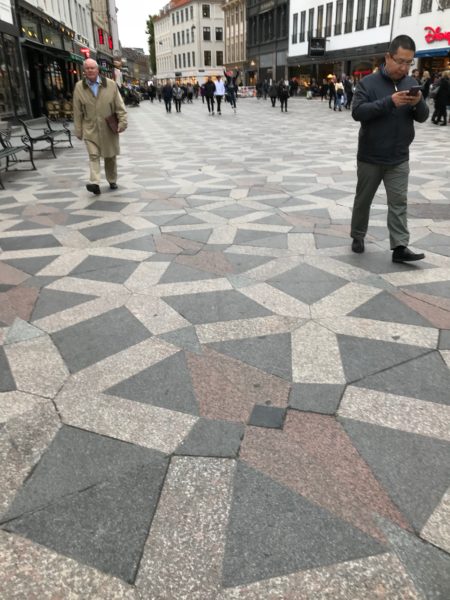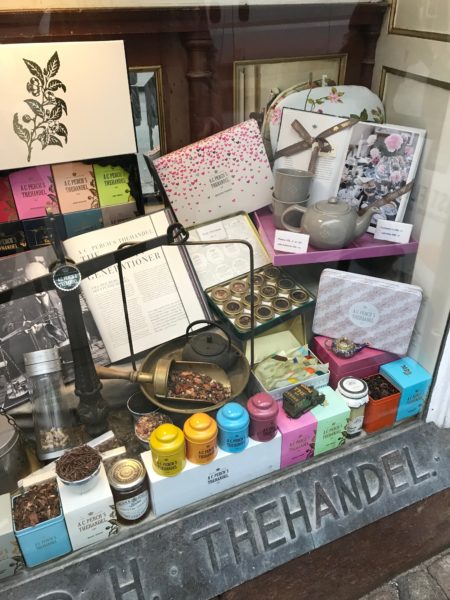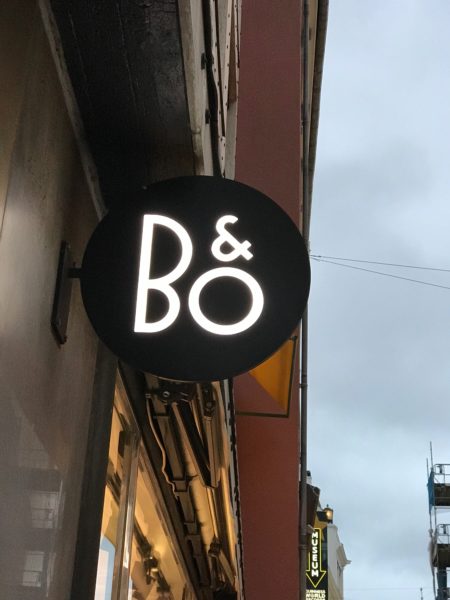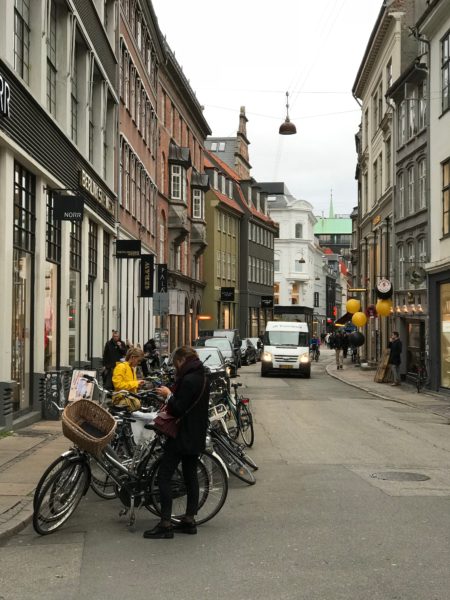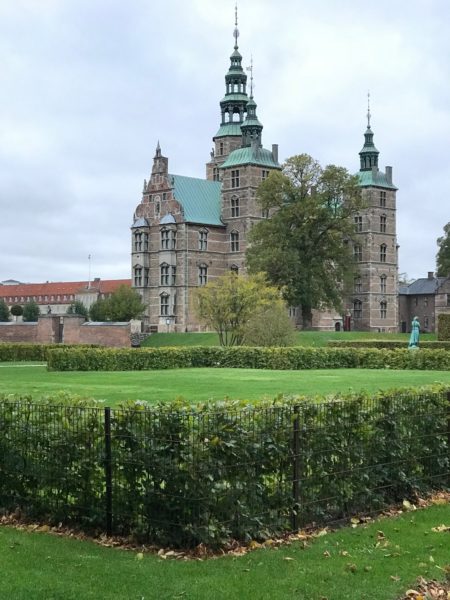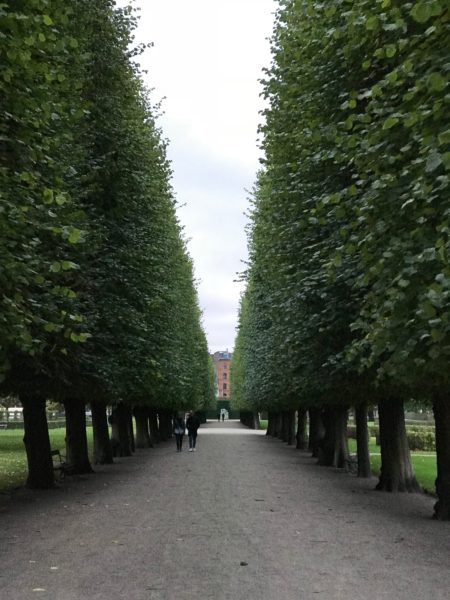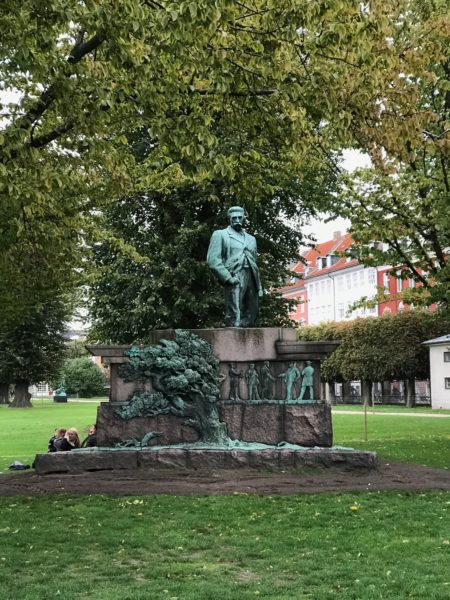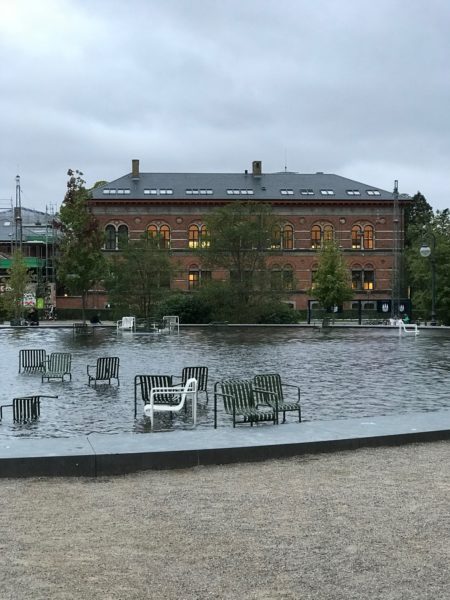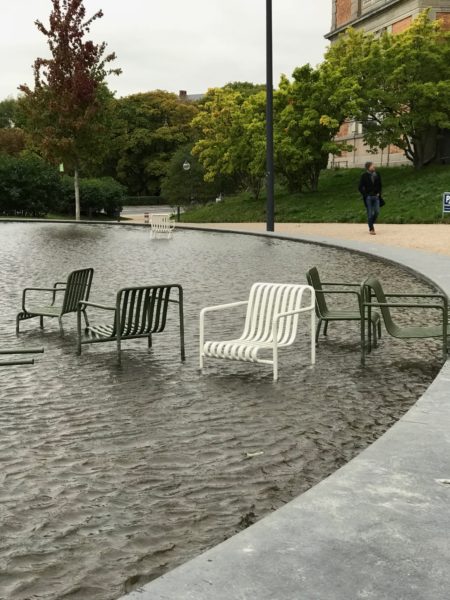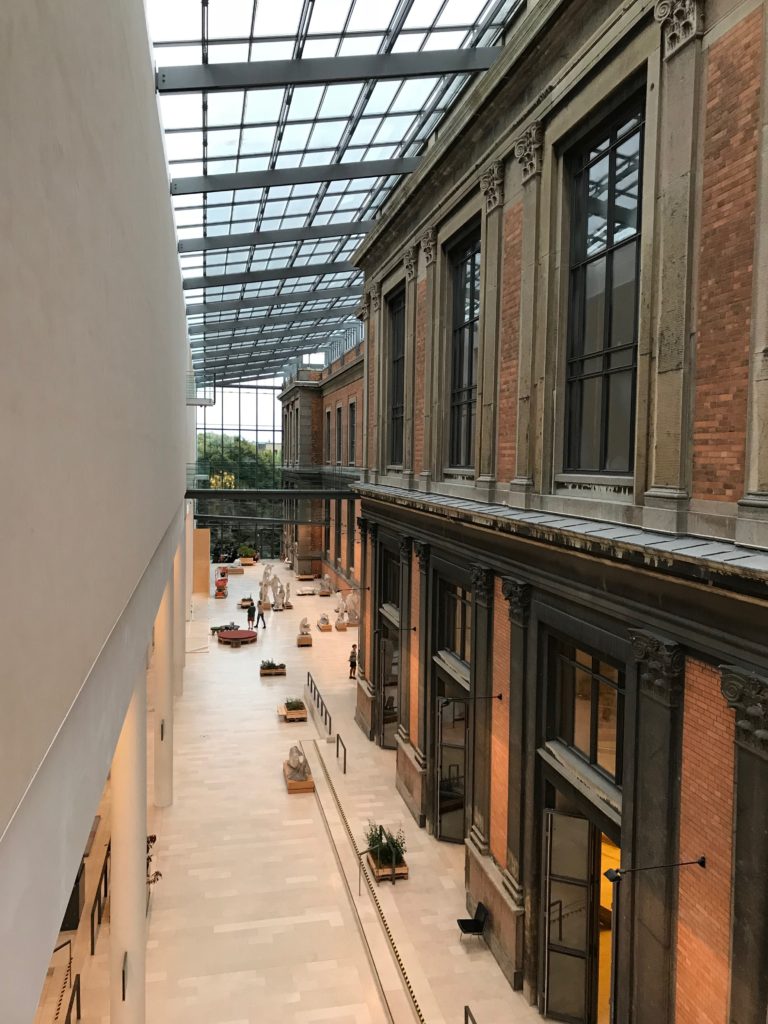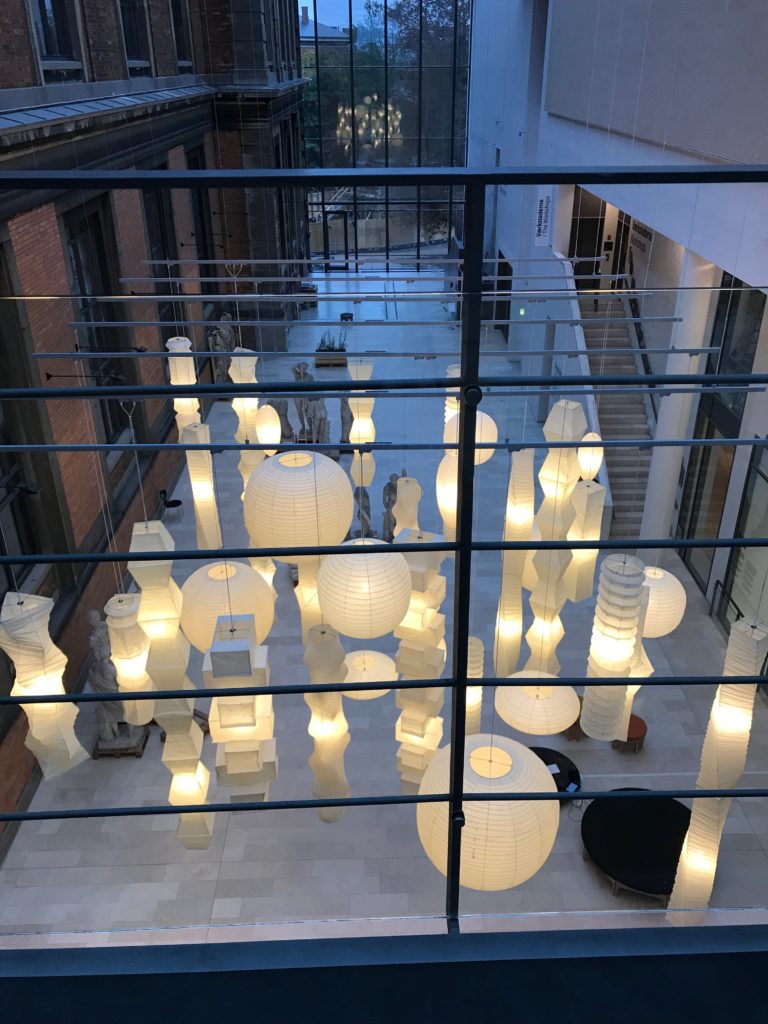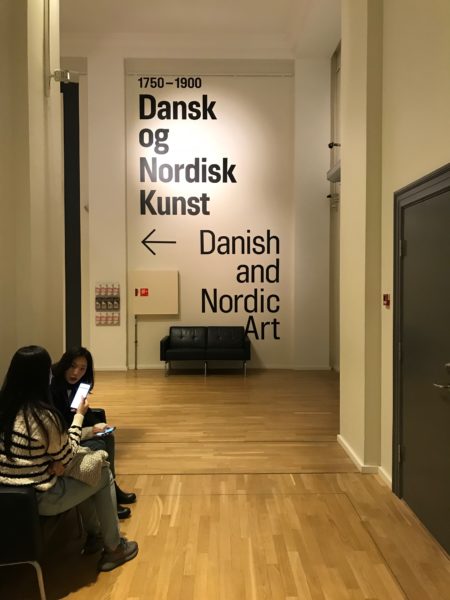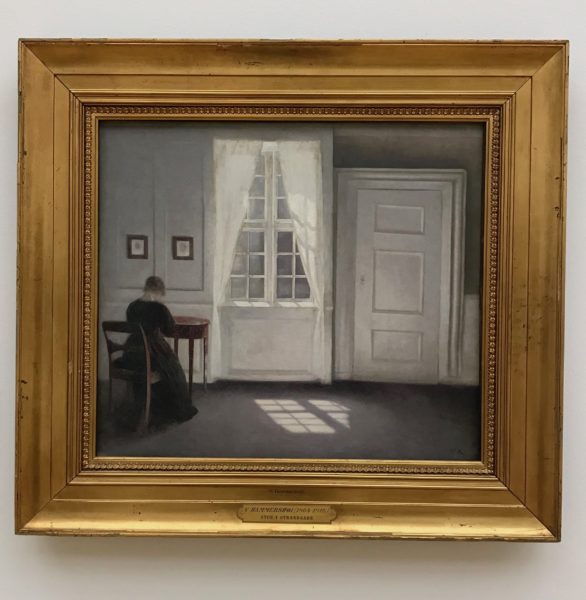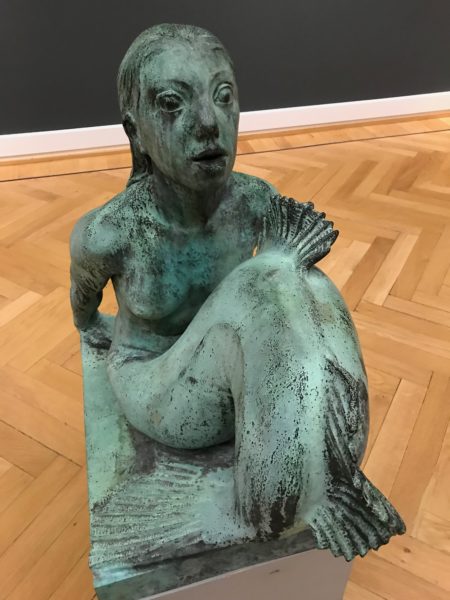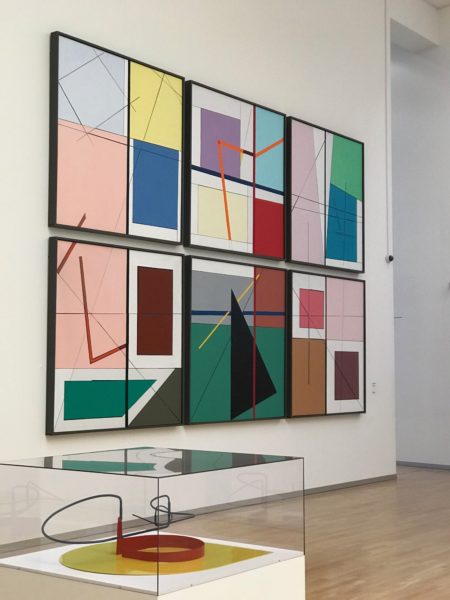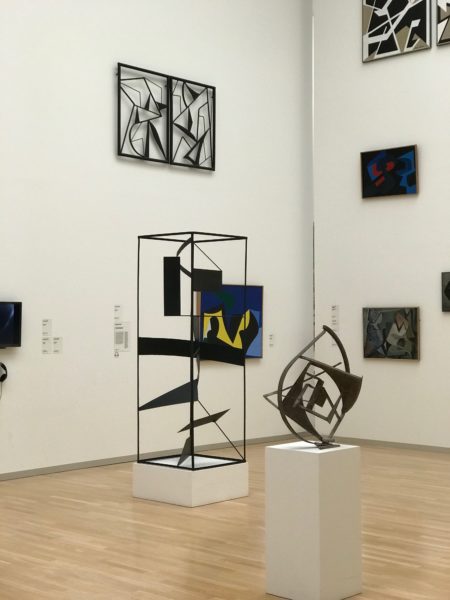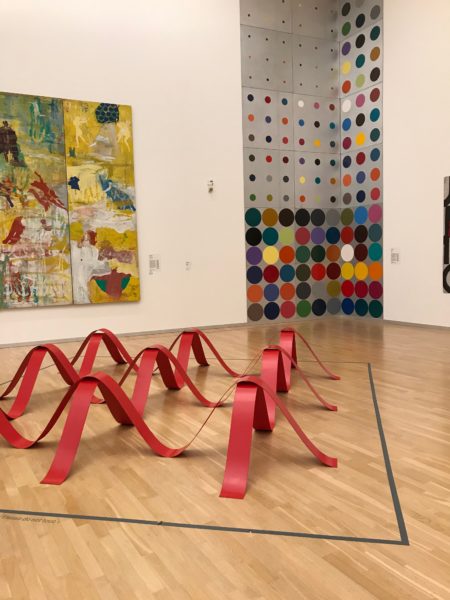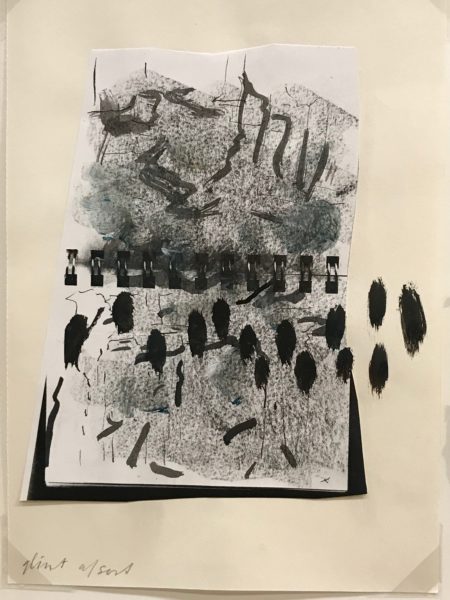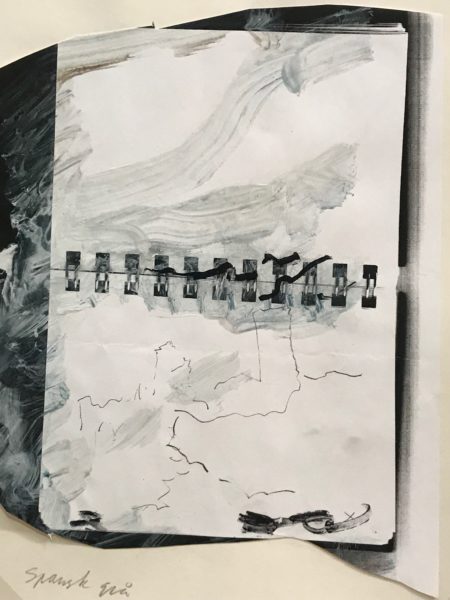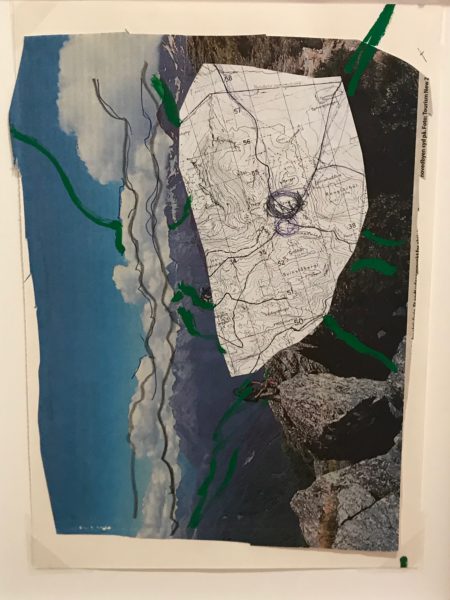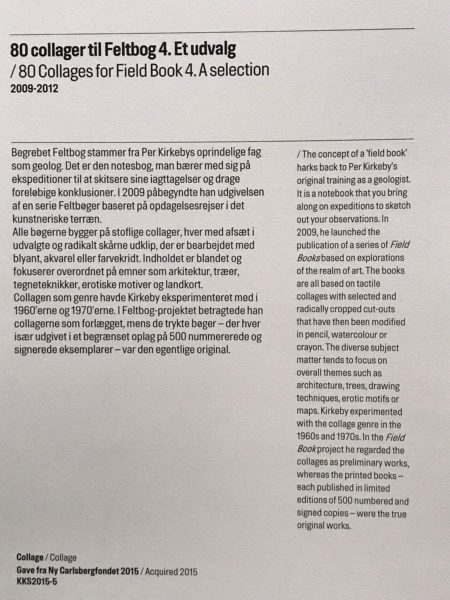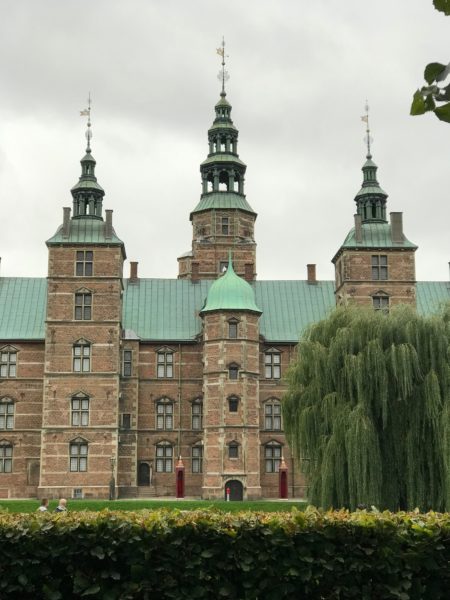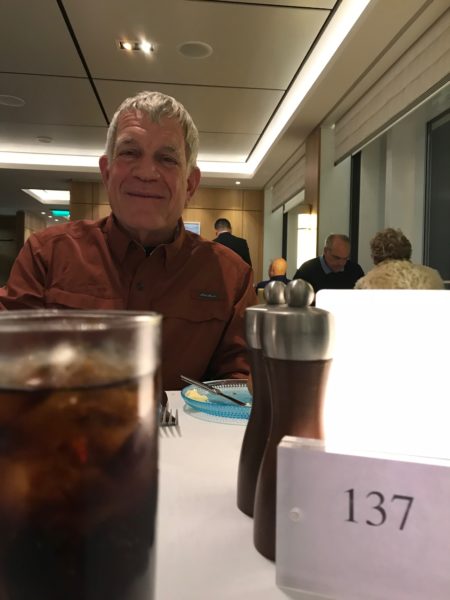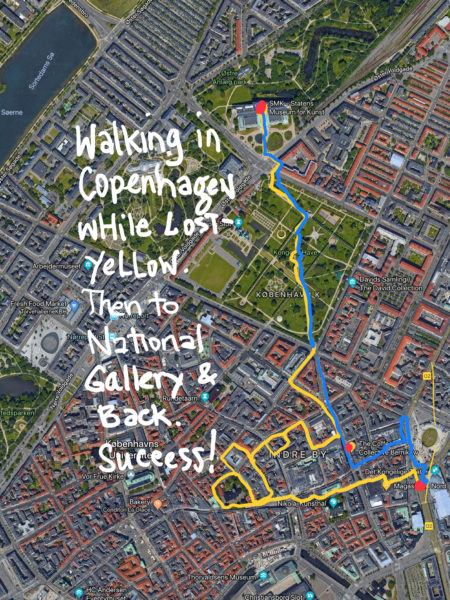- Old Custom House in Aalborg © 2018 Bo Mackison
- Aalborg ©2018 Bo Mackison
Parts are from dictated journal September 30, 2018 9:45 PM
Aalborg was not a planned stop, but high winds forced the Viking Sky to abandon any idea of stopping in Skagen. I was most looking forward to seeing, but Aalborg with its protected harbor was the better plan.
We pulled into Aalborg early and had plenty of time to enjoy the view from the ship. The red brick building in the photograph on the left was once the customs house. On the right a view of the main street in Aalborg: the white steeple is Budolfi Cathedral and shorter red staple to its left is the Monastery of the Holy Ghost.
While waiting to receive clearance to come ashore, there was plenty for passengers to do. Some of us went for a swim with a view in the Infinity Pool while others of us created in our travel journal.
The first building we saw was once the customs house and is now, fittingly, a bank. I quite liked the terraced fountain area in the Square. The fountains were already turned off in anticipation of the coming colder weather, but we were told unsuspecting people sit on these “convenient benches” and are then quite surprised when the fountains turn on.
Aalborghus Castle it Is a half-timbered 16th-century construction featuring a protected courtyard and a dark dungeon. Today the castle is the seat of the Kings Governors for the province of Northern Jutland.
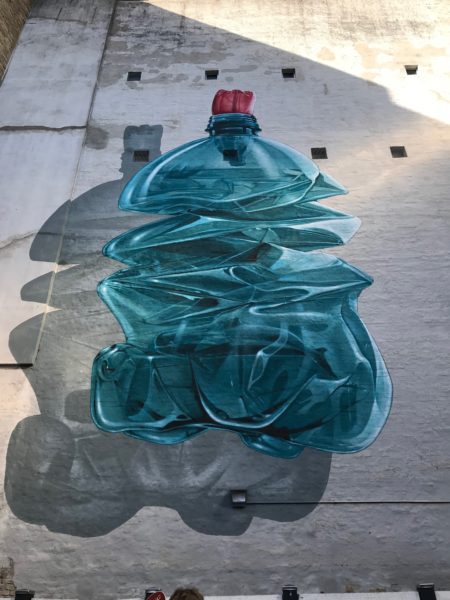
Mural by Swiss NeverCrew ©2018 Bo Mackison
Lipstick mural. There appears to be a movement in many of the Scandinavian cities we’ve visited to invite artists to create large murals and street art. Aalborg has its own version. What better way to revitalize the exterior of an old building then with an interesting mural?
Aalborg’s most famous landmark, the Renaissance-style house of wealthy 17th-century merchant Jens Bang.
From VisitAalborg website: “With its five storeys, Jens Bang’s House with all of its decorations meant to challenge the bourgeoisie, was a giant in the cityscape of the past. The house was built during the Renaissance in 1624, and it is one of the biggest and most photographed historical sites of the city.”
- Baroque style City Hall © 2018 Bo Mackison
From VisitAalborg’s website: City Hall. Dates 1759 on the north side and 1762 on the front indicate the period in which it was built. Today it is only used for official receptions and civil marriages.
- Budolfi Cathedral on the Plaza © 2018 Bo Mackison
- Budolfi Cathedral Bell Tower © 2018 Bo Mackison
Budolfi Cathedral
From VisitAalborg’s website: Archeologists have found traces of a wooden church on the spot where Budolfi Cathedral is placed today. The wooden church dates back to circa 1000, but the cathedral as we know it was built in the 1400s in Gothic style. The Baroque spire was erected in 1779 and the altarpiece and pulpit date back to the 17th century. The church has been the cathedral of Aalborg diocese with room for around 650 churchgoers since 1554.
One of the things that makes Budolfi Cathedral stand out from the other cathedrals in Denmark is the amazing carillon which plays on the hour. It was incredible experience to hear the carillon chime. I recorded it, but the music lasted over a minute and the file was too big to add to the blog.
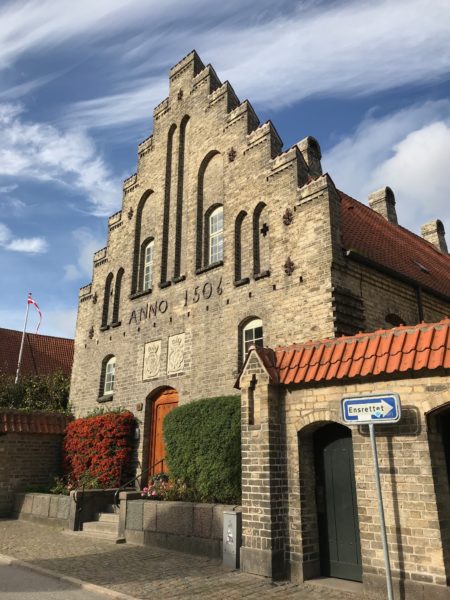
Monastery of the Holy Ghost ©2018 Bo Mackison
From VisitAalborg’s website: The monastery is the oldest social institution in Denmark. It was established in 1431 by Maren Hemmings. The cloister is a quiet oasis in the middle of the city. Today, the monastery houses 28 senior apartments, making it the oldest residential property in Aalborg.
- Entrance to Cloister of Monastery of the Holy Ghost
- Side View of Monastery © 2018 Bo Mackison
- Anno 1606 © 2018 Bo Mackison
- Churchill Club Plaque © 2018 Bo Mackison
This building was the site of the first meeting place of the Churchill Club, a group of eight teenage schoolboys from Aalborg Cathedral School who performed acts of sabotage against the Germans during the occupation of Denmark in the WWII. It is believed to be the earliest resistance group to be formed in Denmark.
One of my favorite streets was the tiny cobblestone alleyway through the Hjelmerstald neighborhood. Some of these buildings date from 1787.
One of the brick homes in Hjelmerstald has a door with a list of everyone who has lived there–14 landlords since 1787.
- Church of Our Lady Sacristy
- Church of Our Lady Organ
- Church of Our Lady Epithet
Interiors of the 19th-century Church of Our Lady. Dating from 1878, the sacristy is more decorative than many of the churches we’ve visited. Also unusual, the church’s walls are decorated with epithets — these were paintings of church members’ families and were hung on the church walls according to privilege and rank.
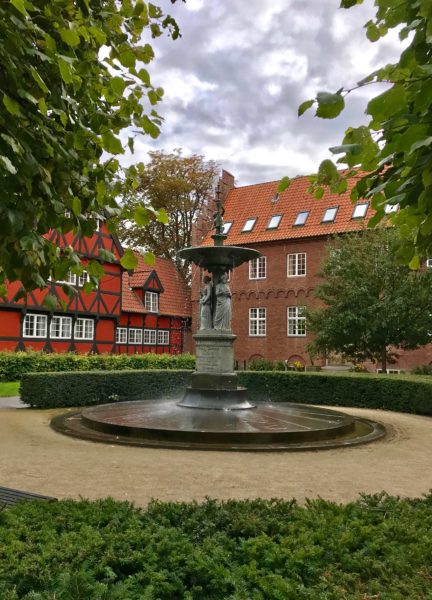
A Pretty Garden near the Church of Our Lady © 2018 Bo Mackison
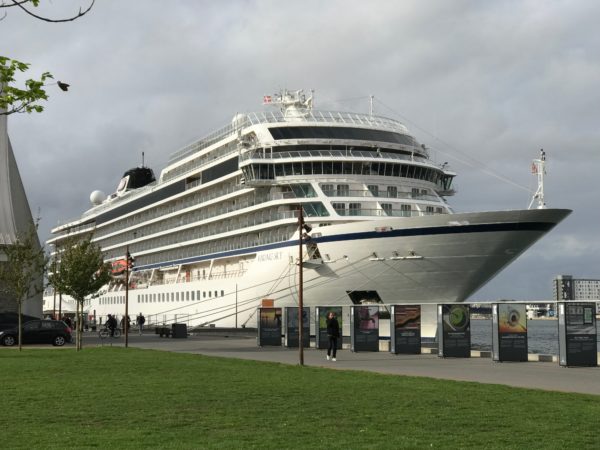
A view of the Viking Sky in the Aalborg Harbor from the steps of the Utzon Center.
Sculpture art and possible Rusty Panel art at Aalborg Harbor.
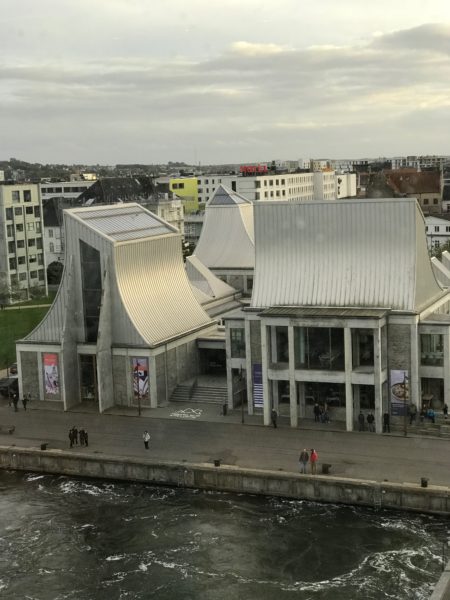
Utzon Center in Aalborg ©2018 Bo Mackison
From VisitAalborg website: “The impressive Utzon Center is a vibrant cultural center in the Aalborg waterfront. The center was designed by the famous Danish architect Jørn Utzon, who was raised in Aalborg, and his son Kim.”
As we walked past this building we were drawn to a large window view of the interior and tables filled with bins of white LEGO blocks. If we had had time, we would have gone in and created our own architectural wonder. We did make time to go in the well-stocked museum shop and buy a few gifts to bring home. Also yellow framed sunglasses may have been acquired at this stop!
What could be better for dinner after a long day of walking cobblestoned streets, often in the rain? Seafood and a table of desserts!
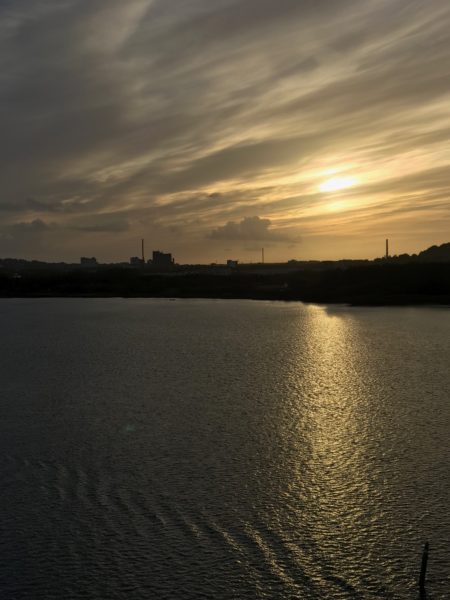
Under sail at sunset, heading to Fredericia, Denmark.
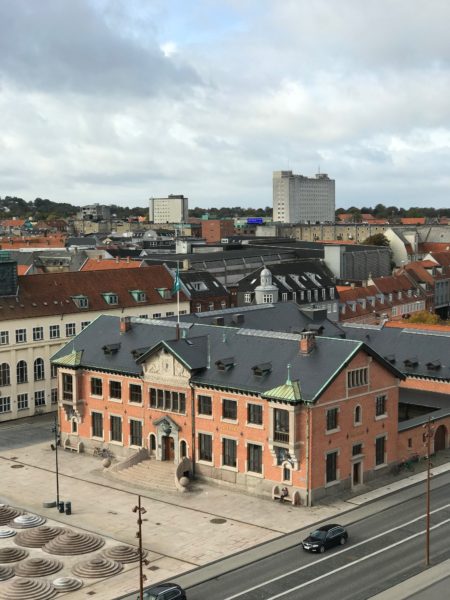
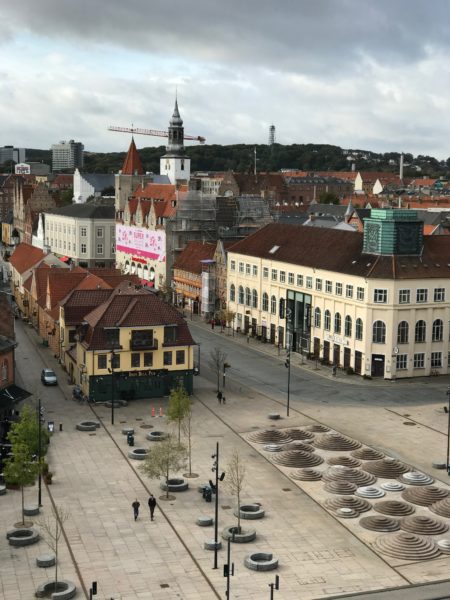
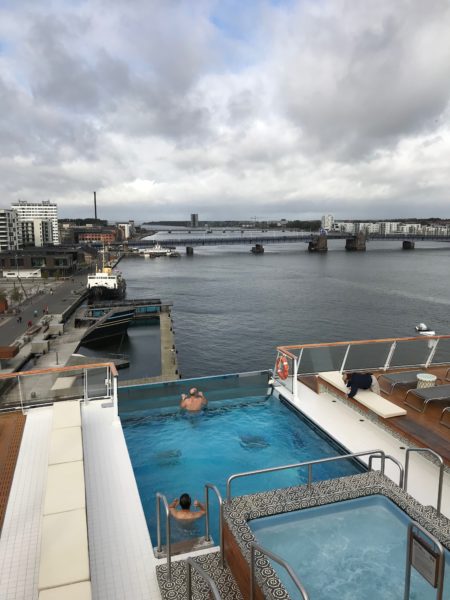
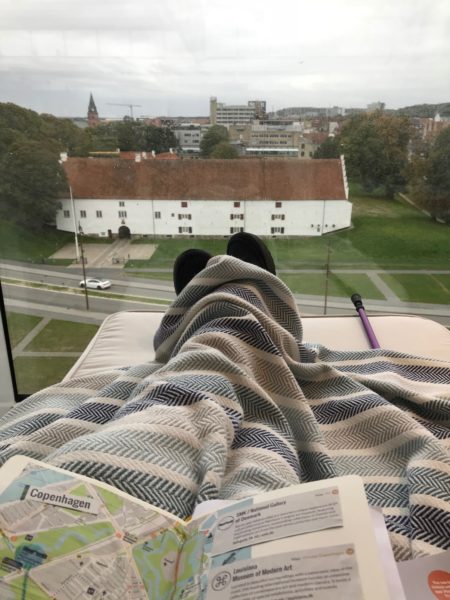
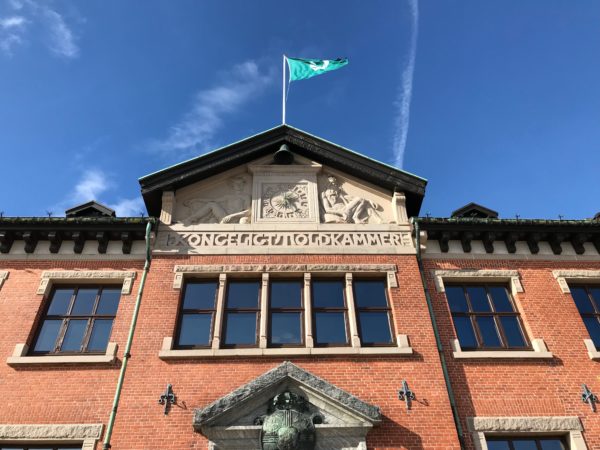
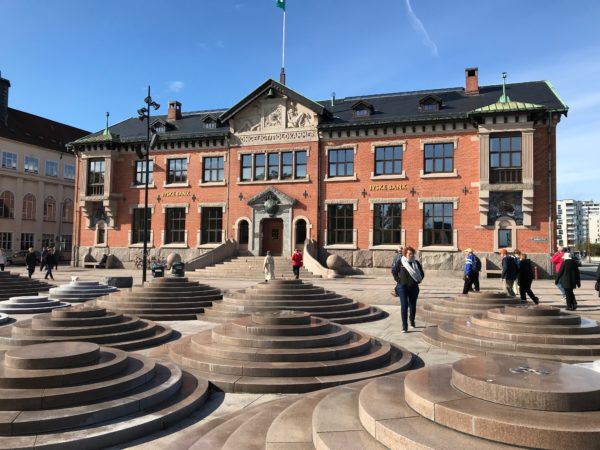
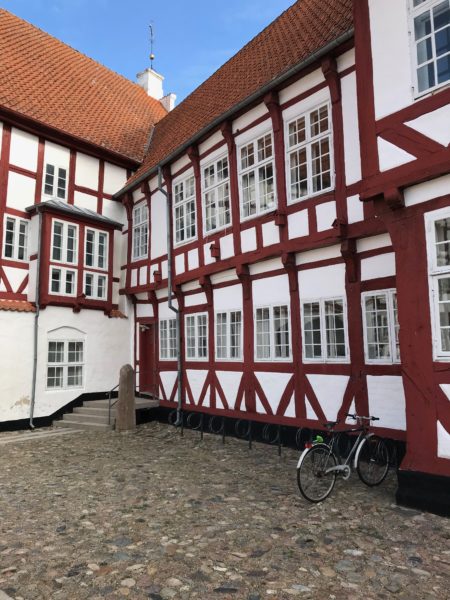
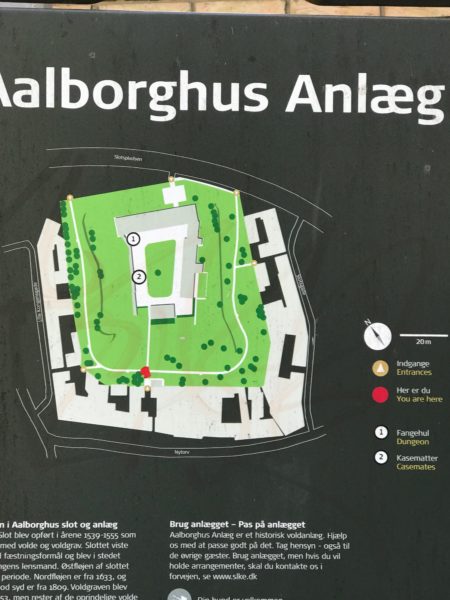
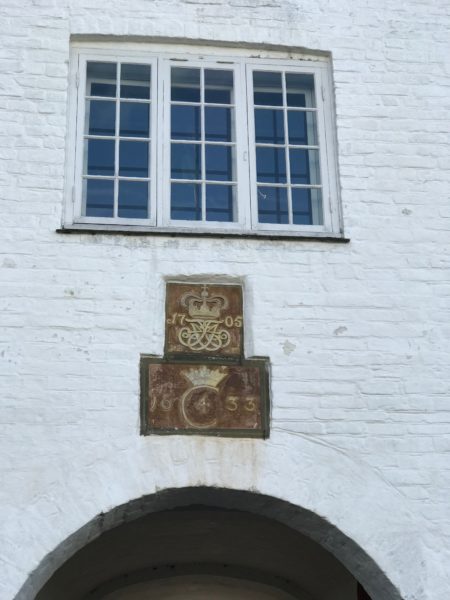
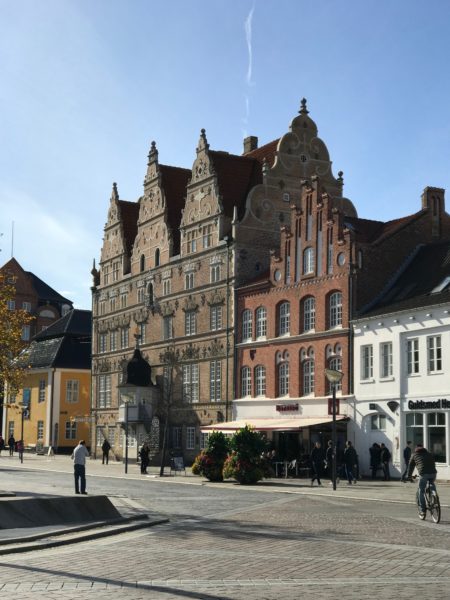
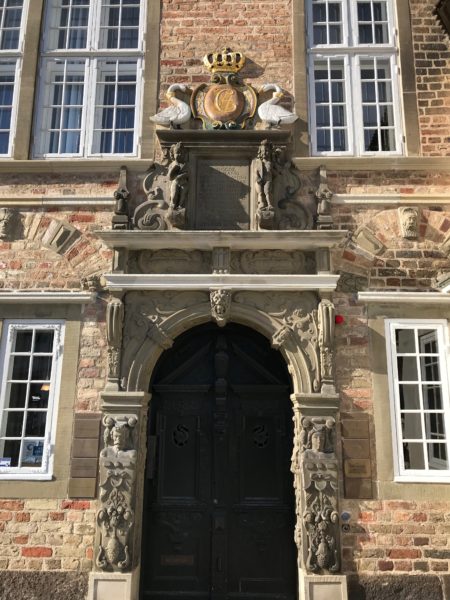
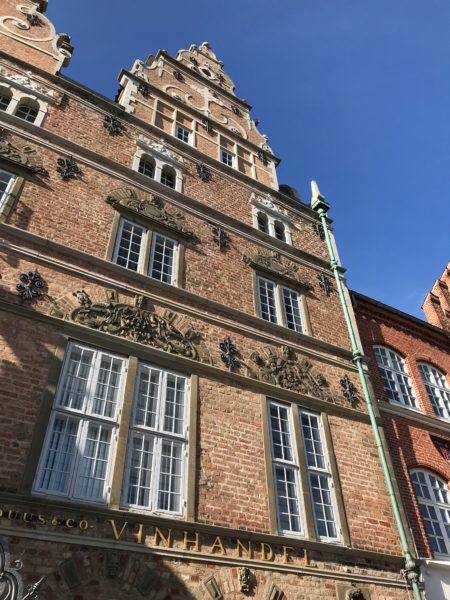
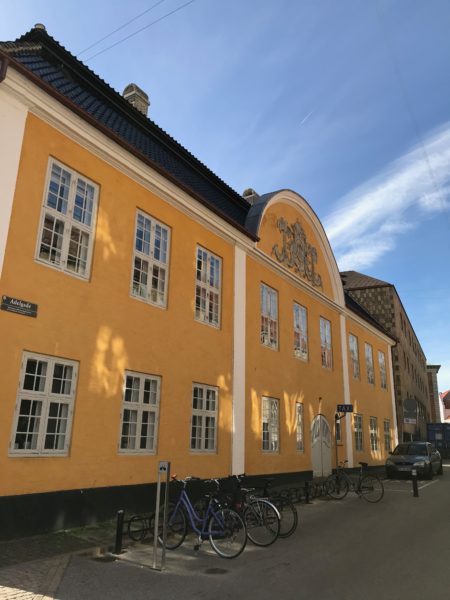
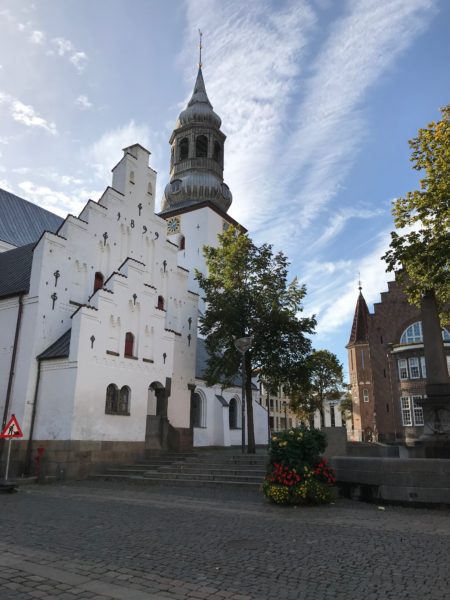
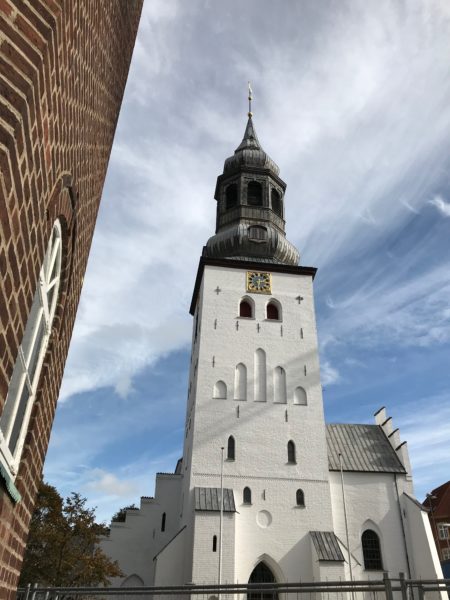
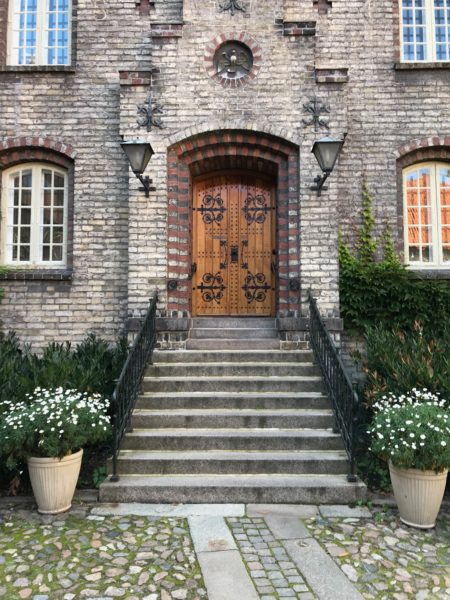
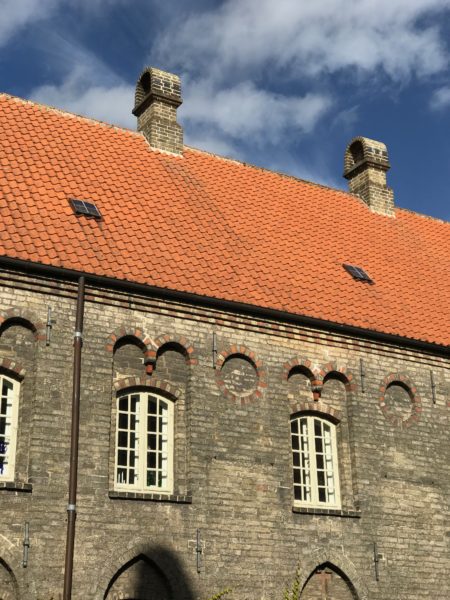
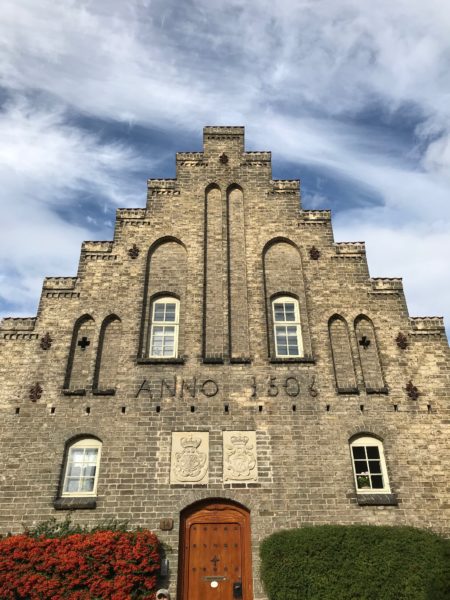
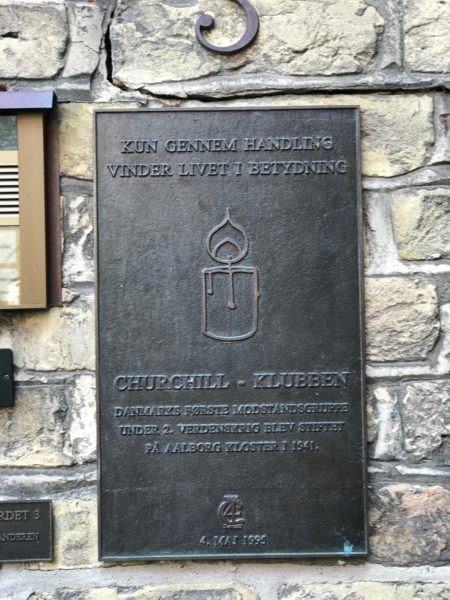
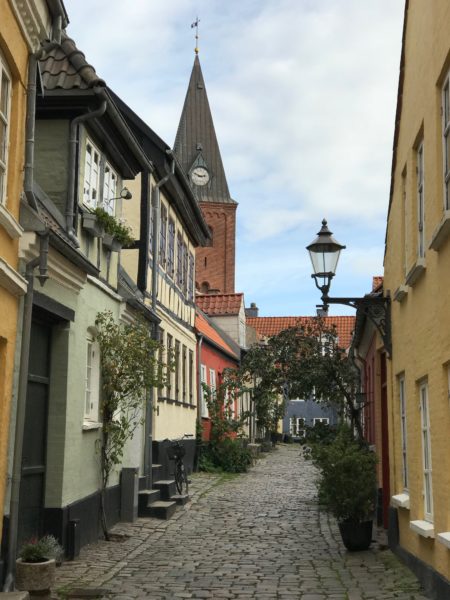
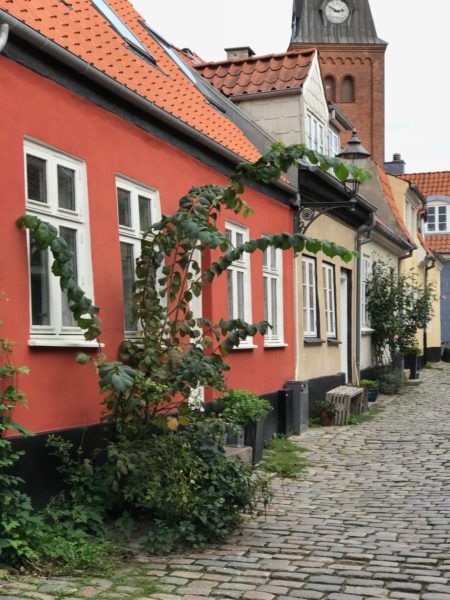
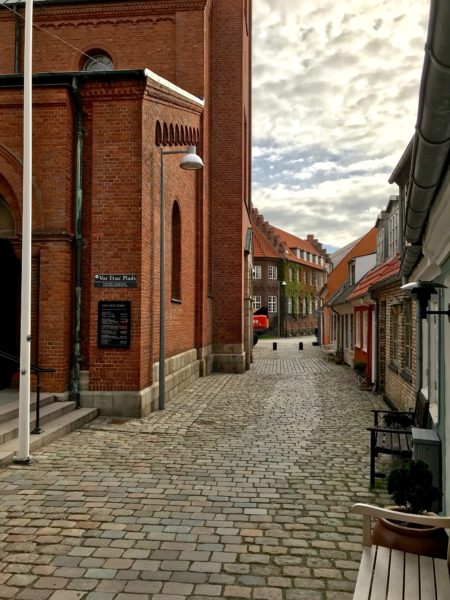
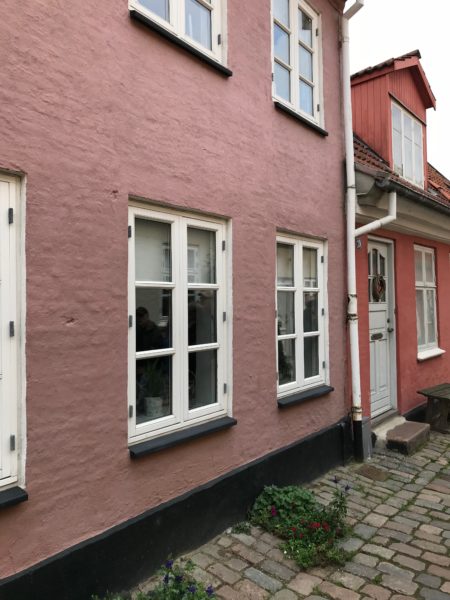
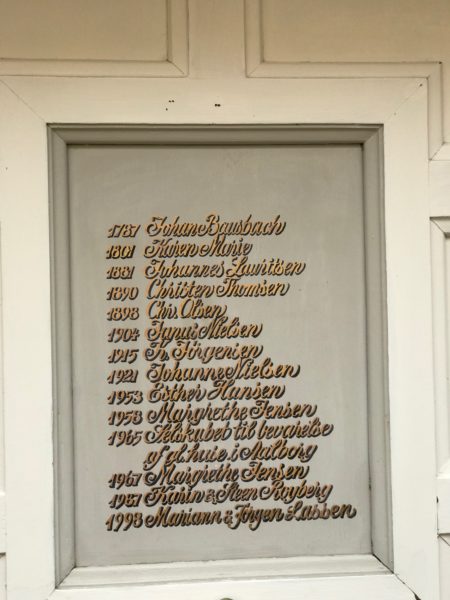
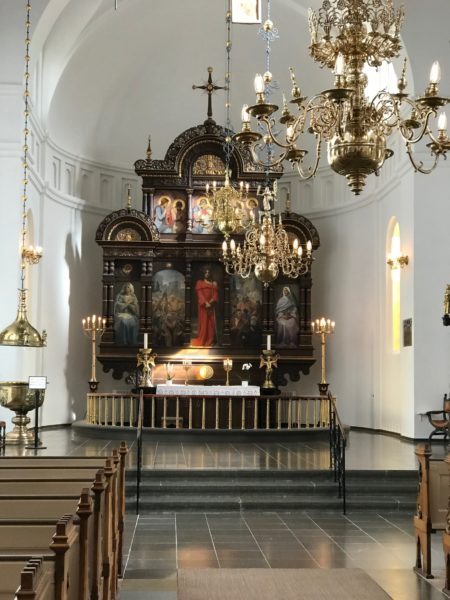
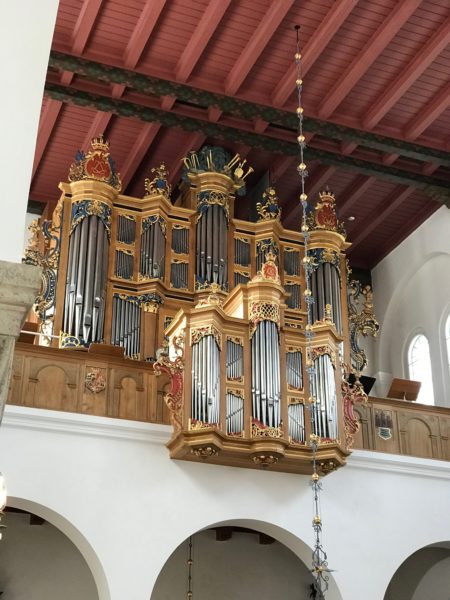
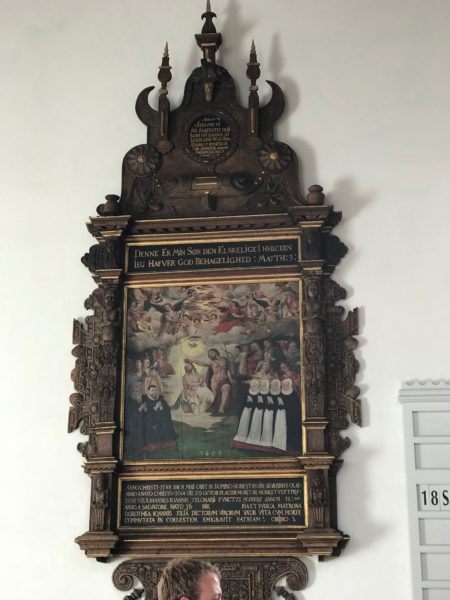
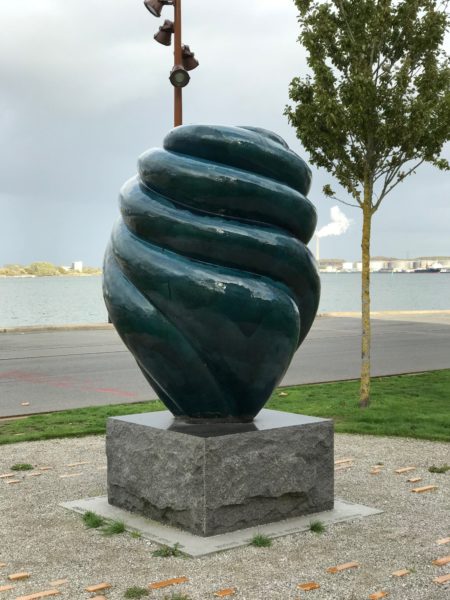
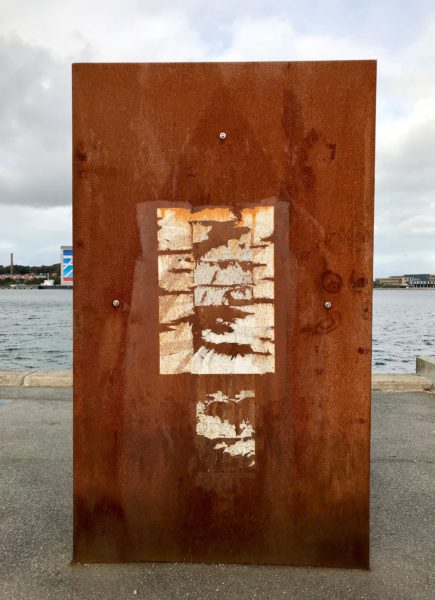
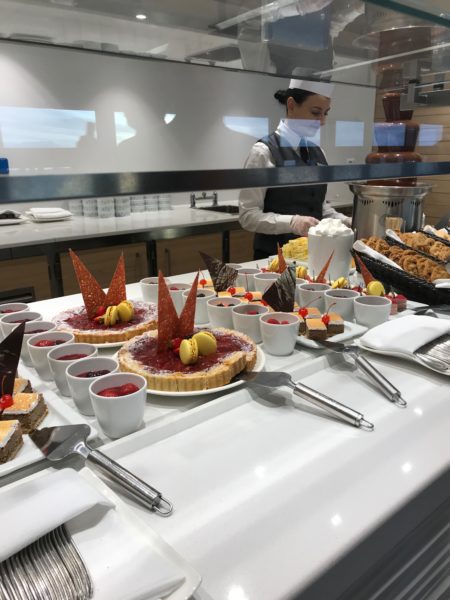
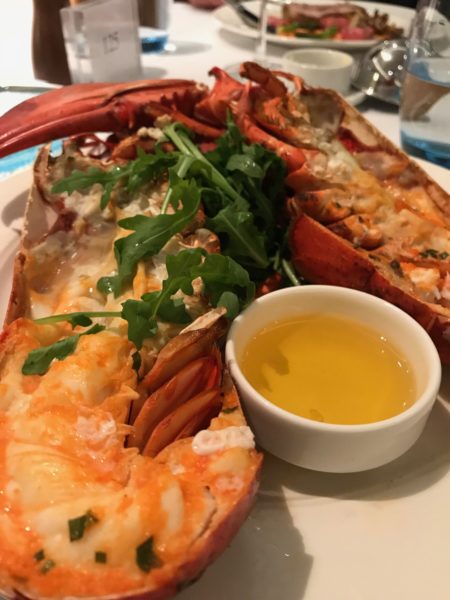
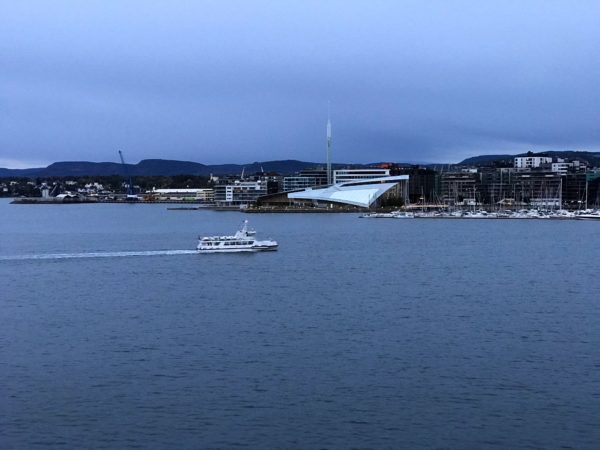
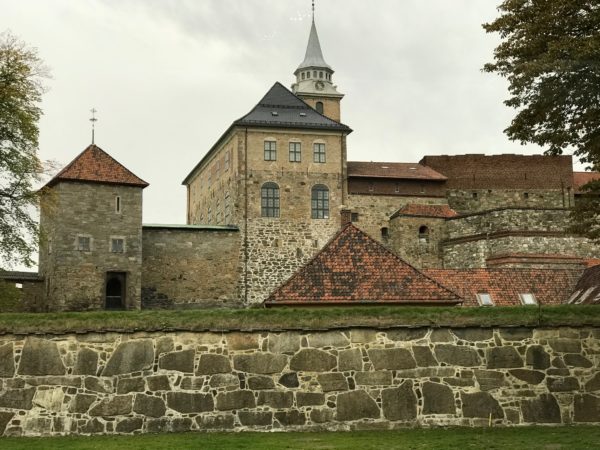
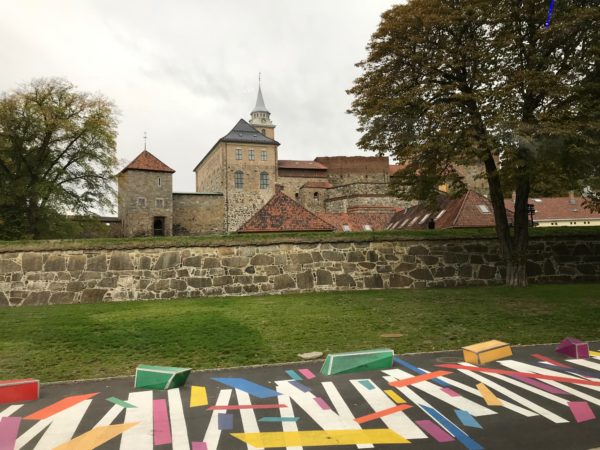
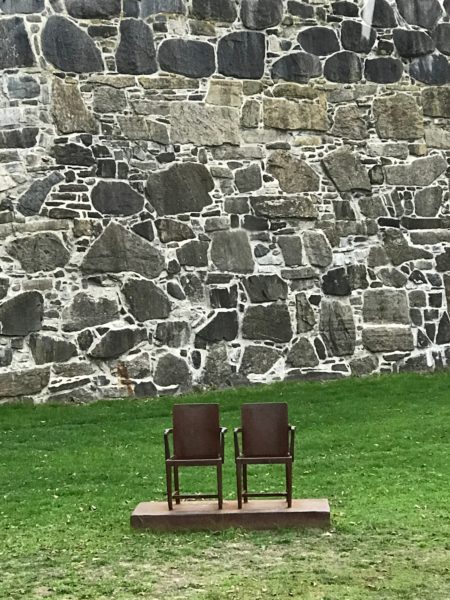
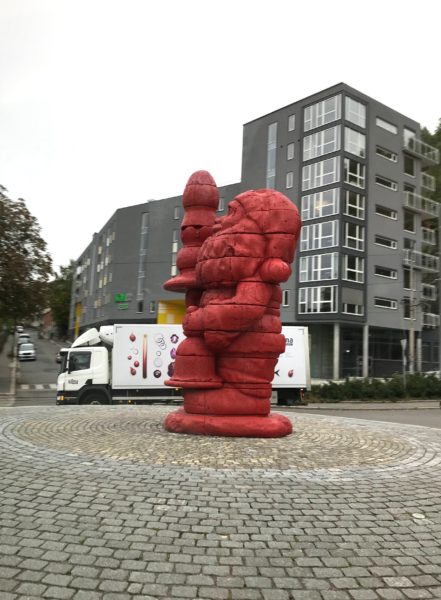
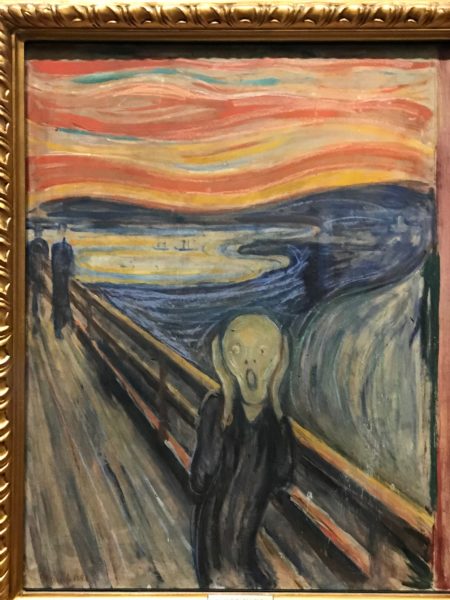
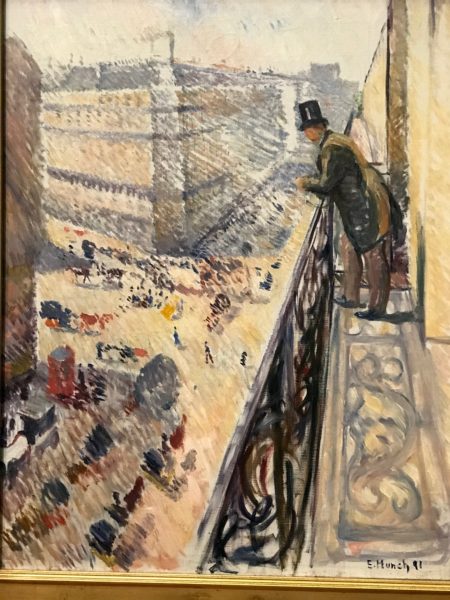
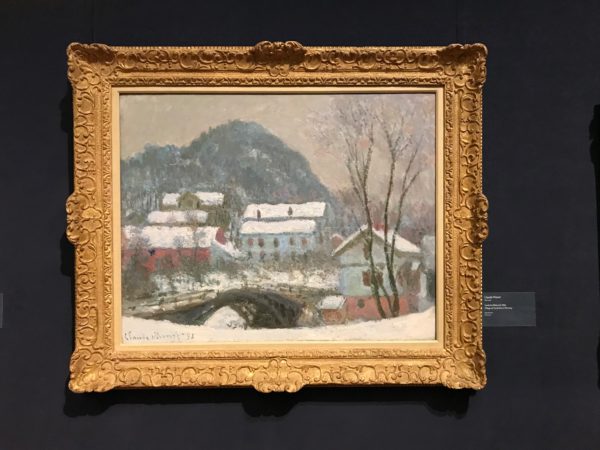
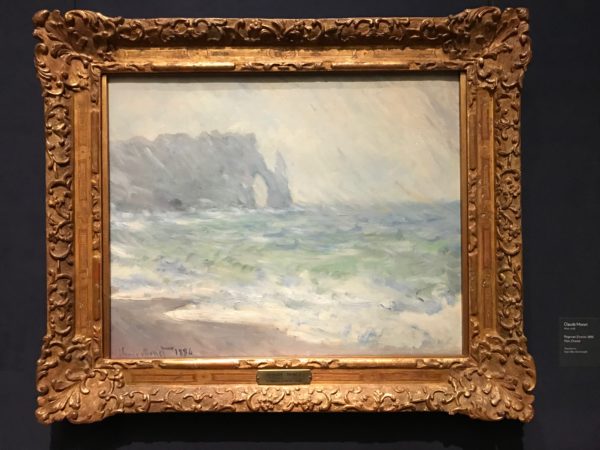
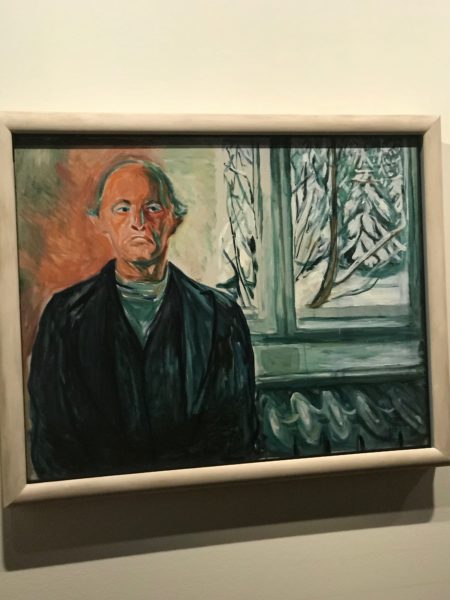
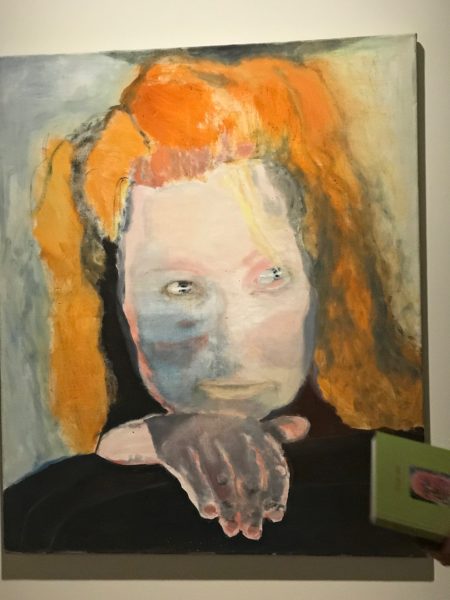
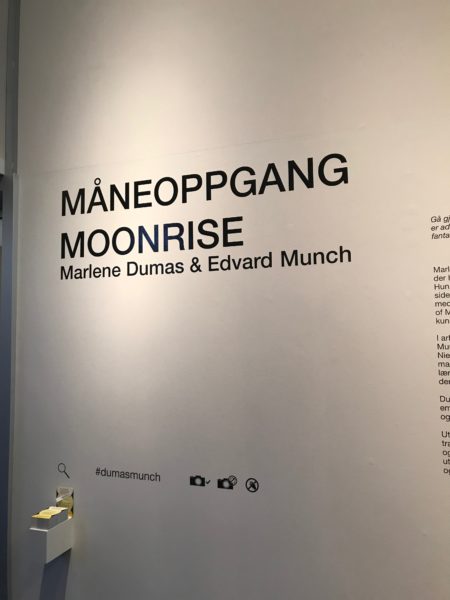
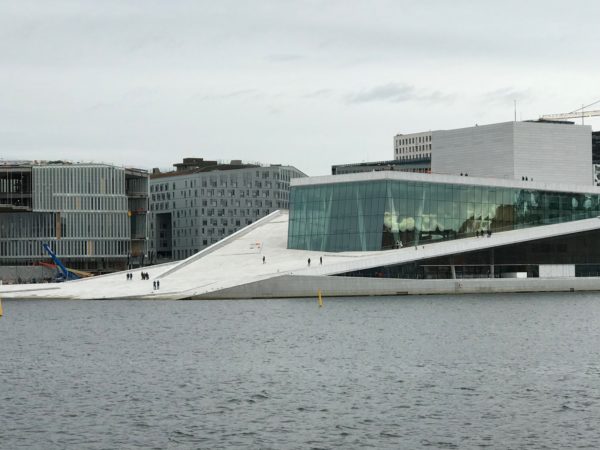
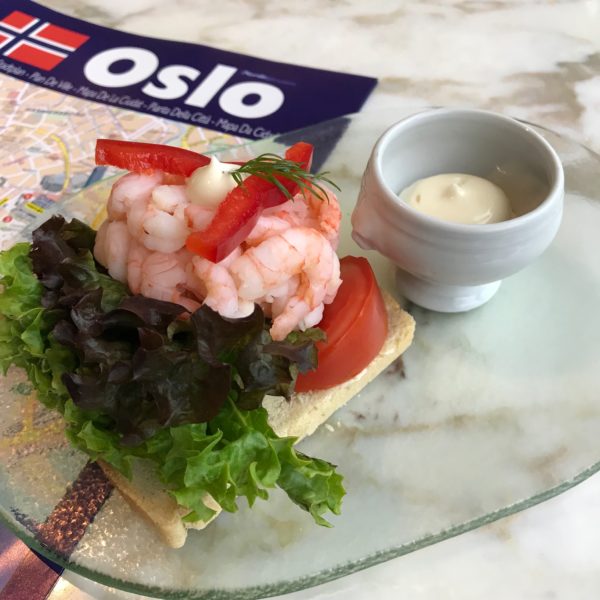
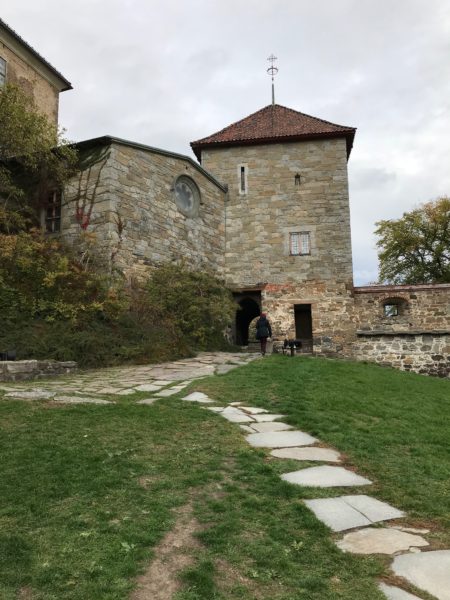
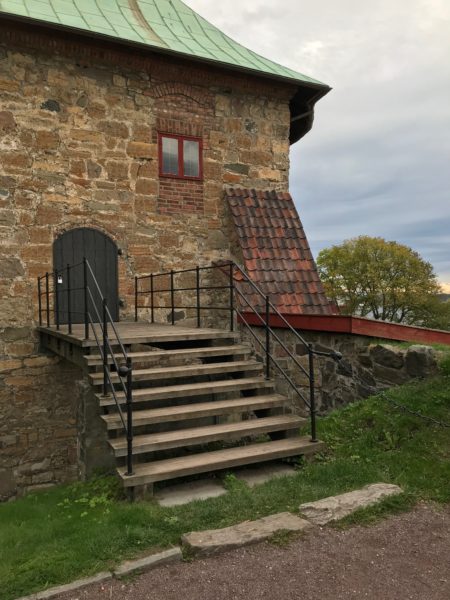
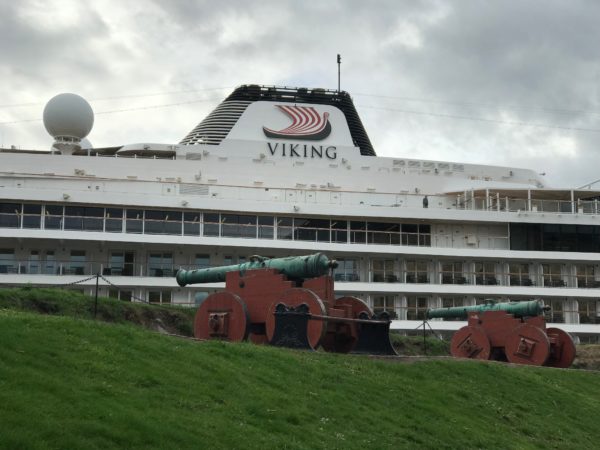
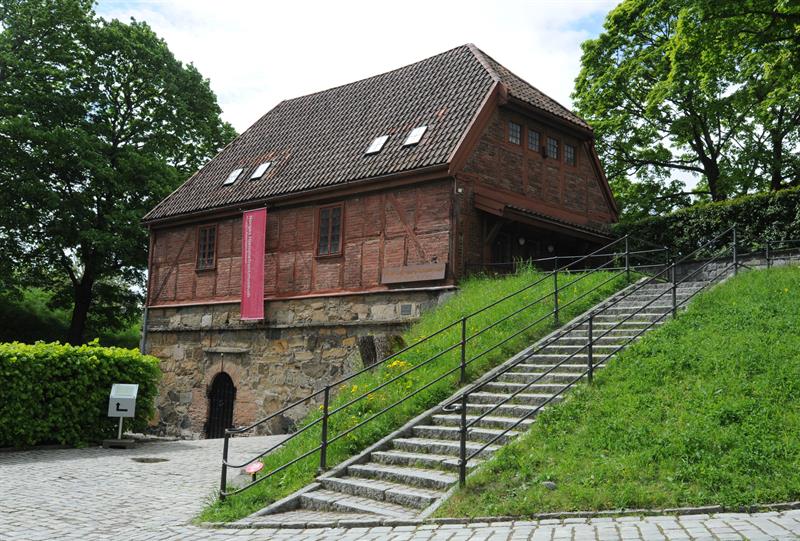
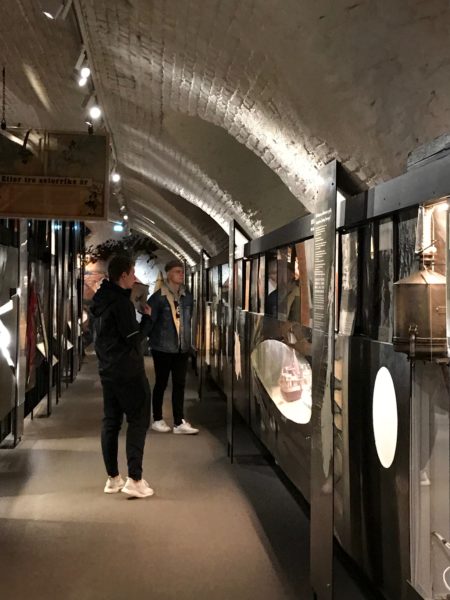
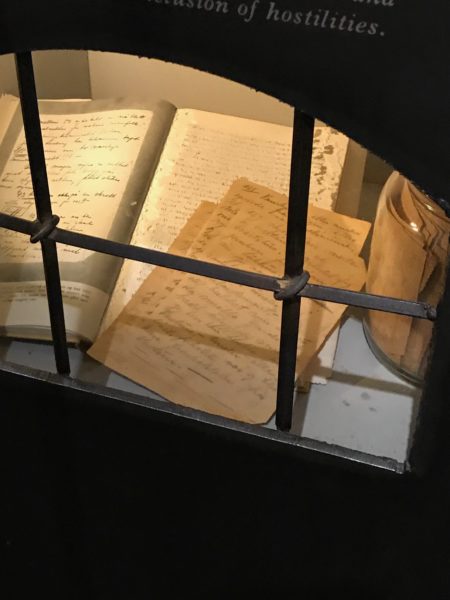
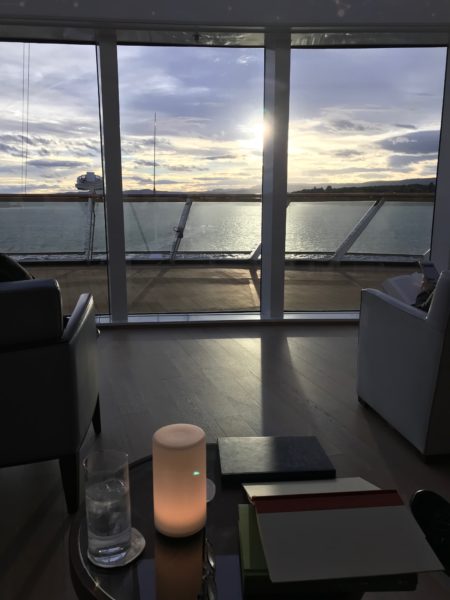
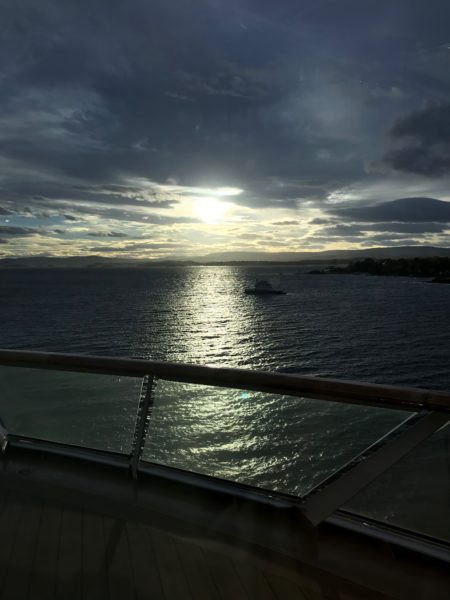
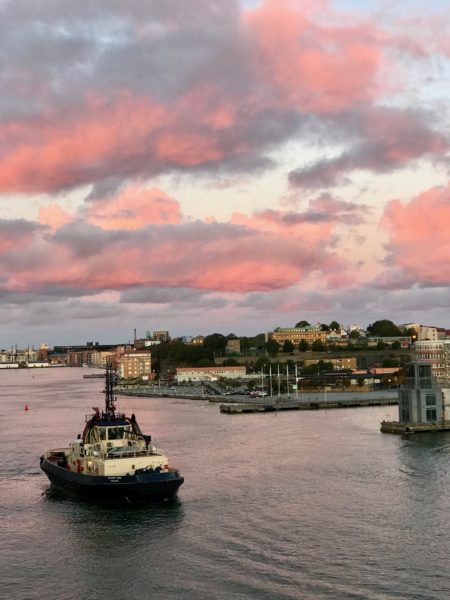
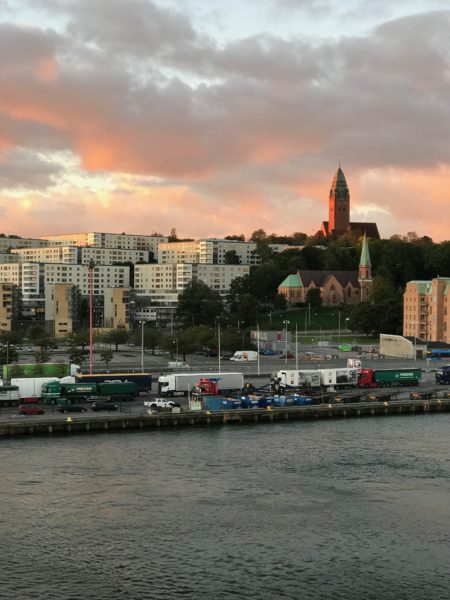
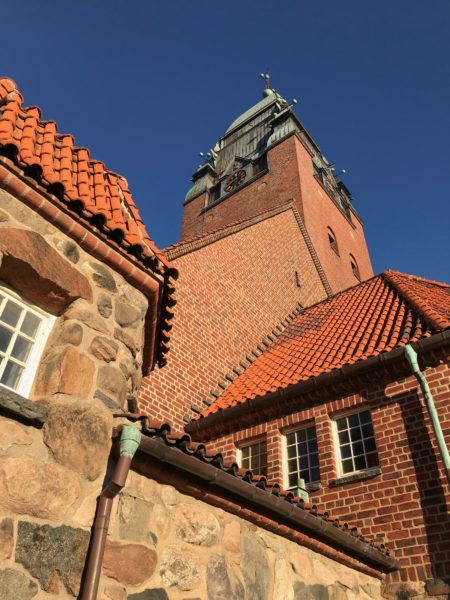
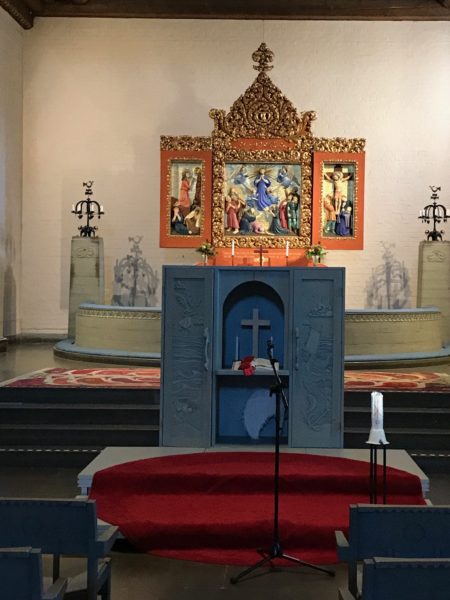
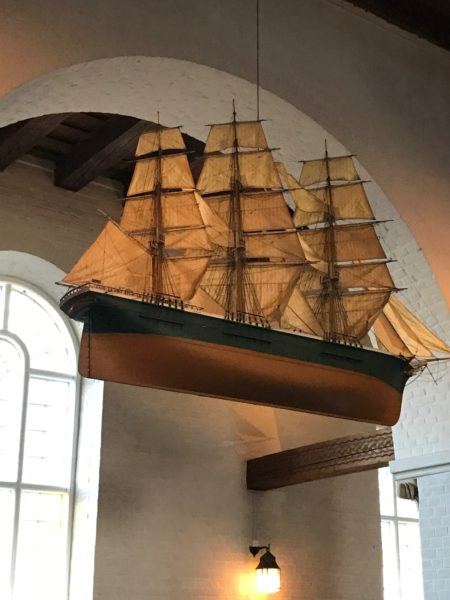
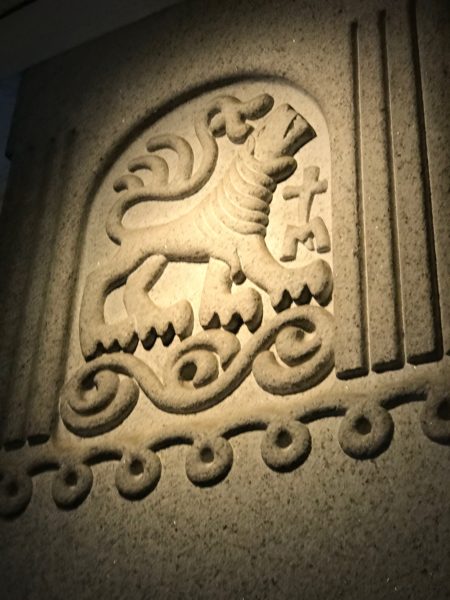
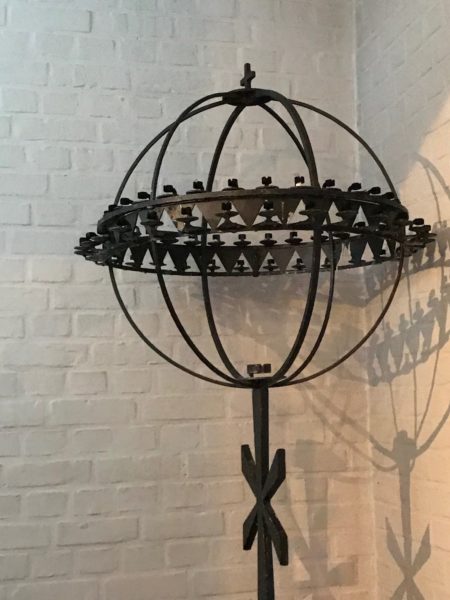
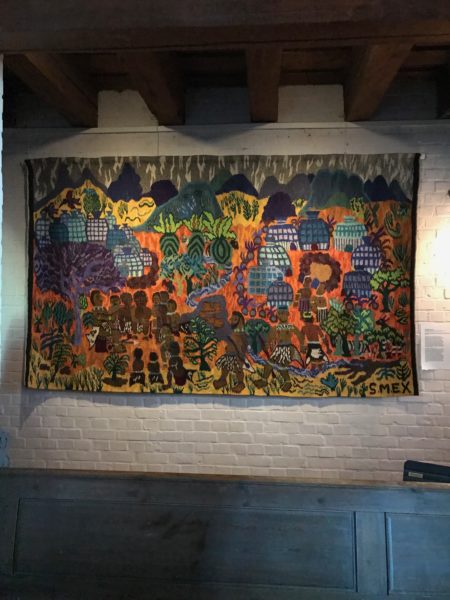
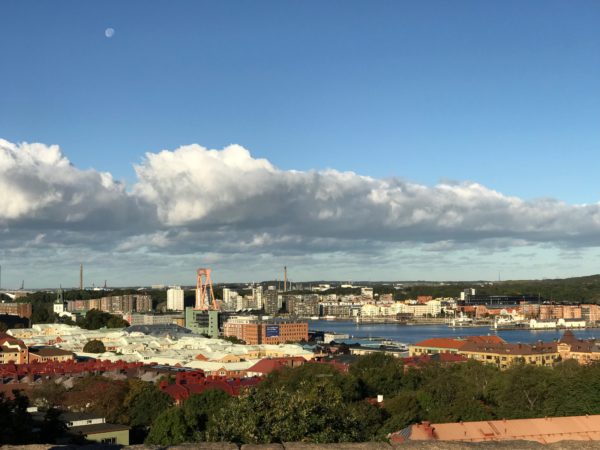
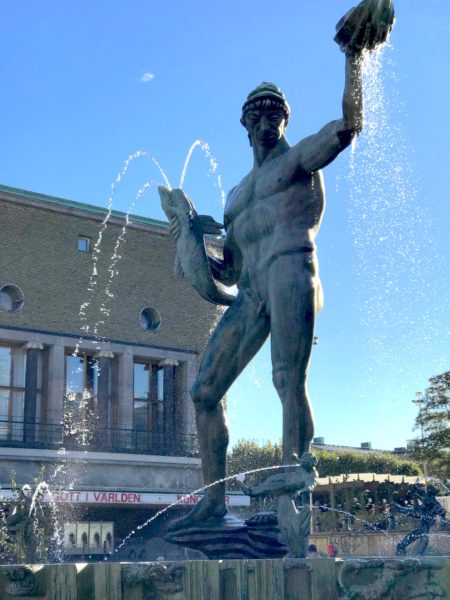
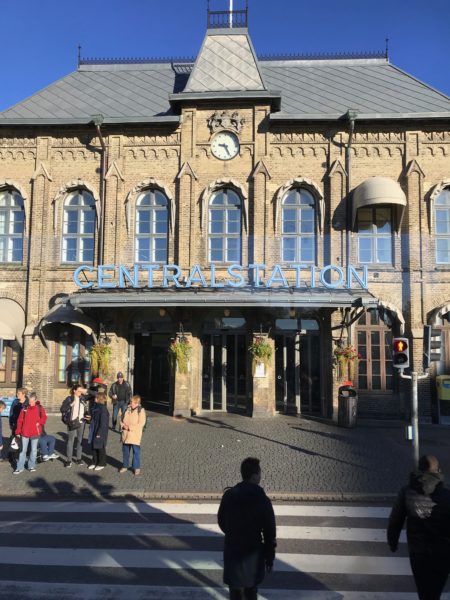
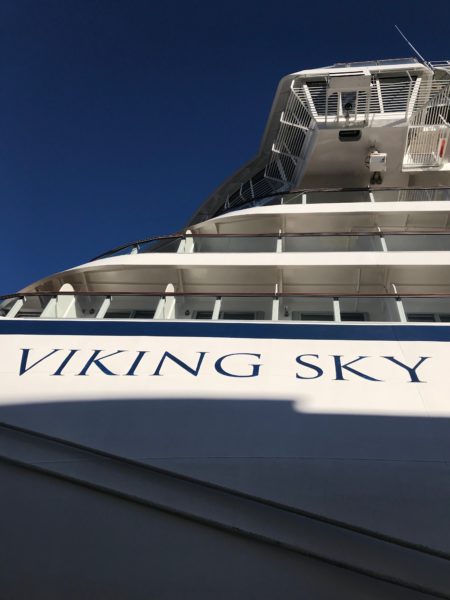
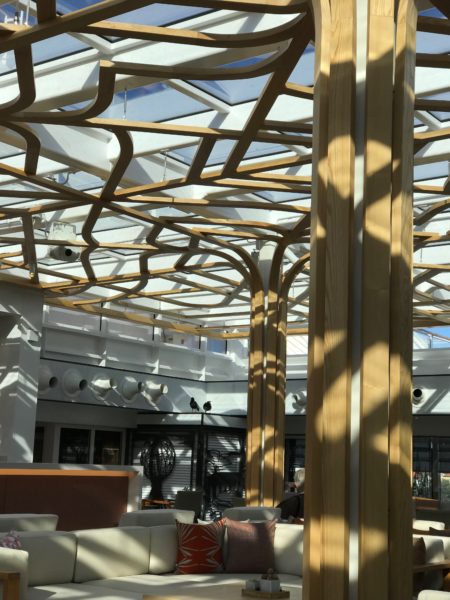
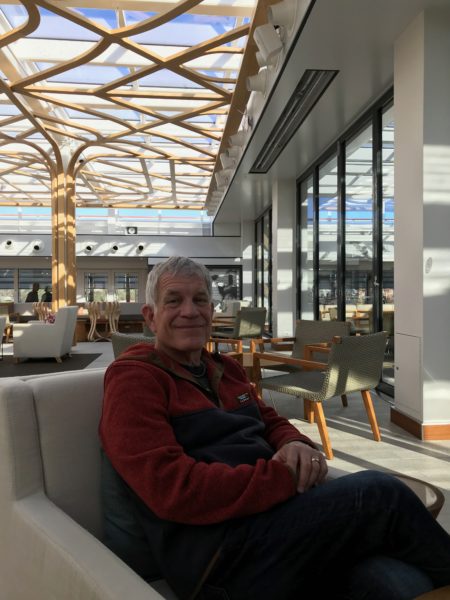
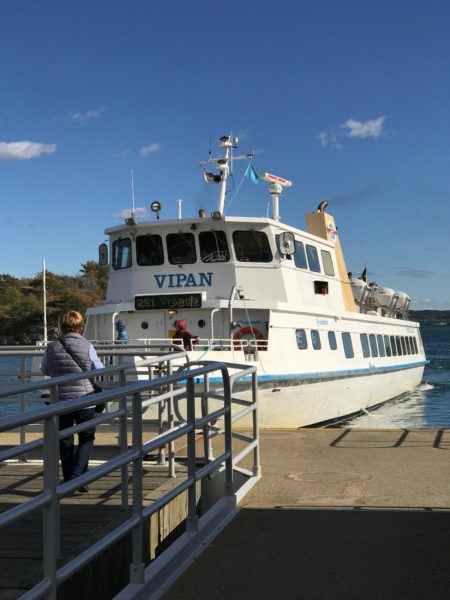
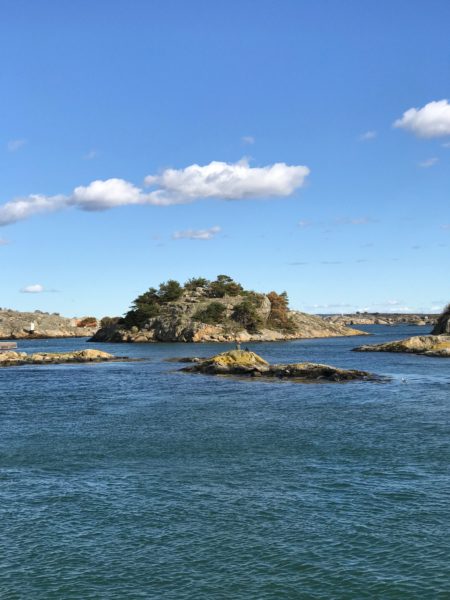
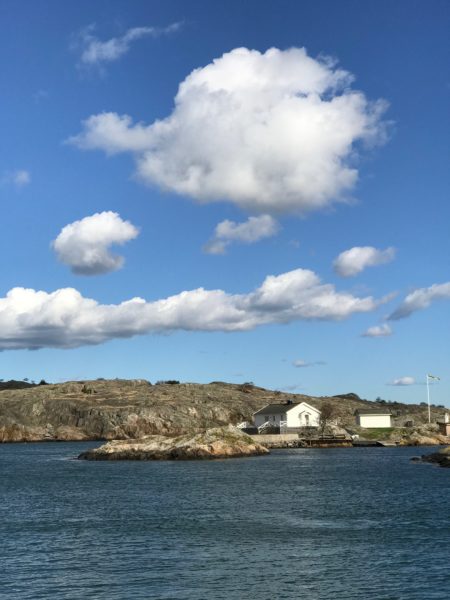
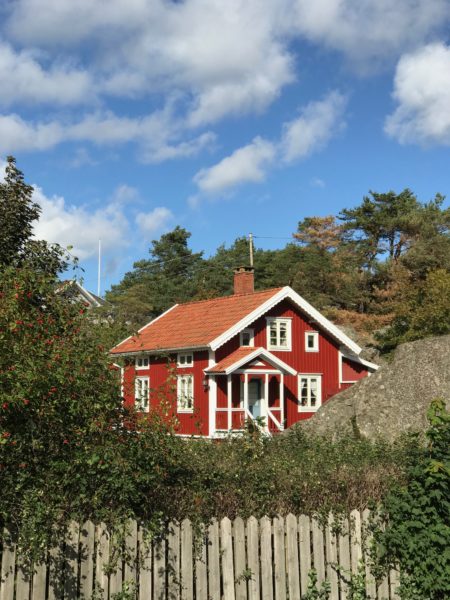
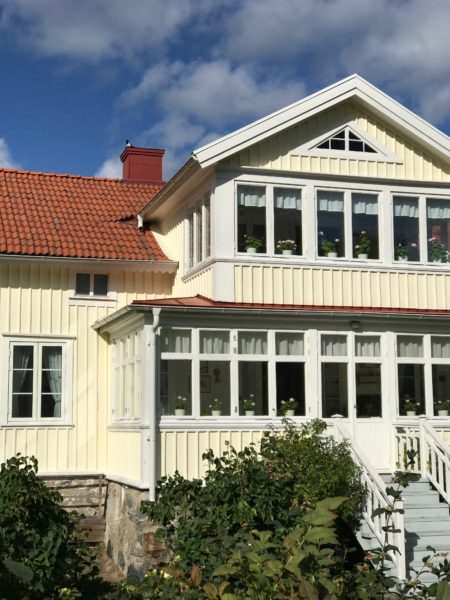
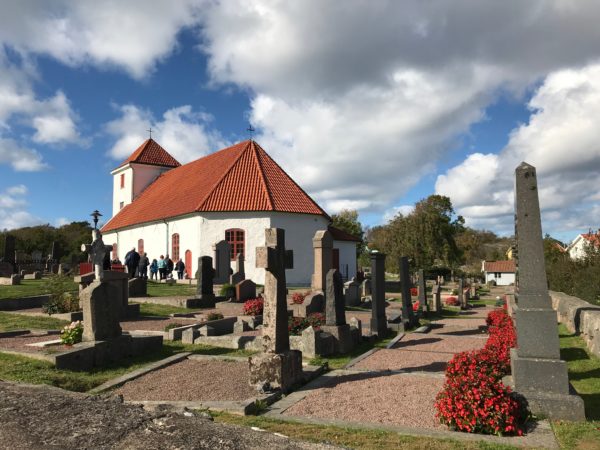
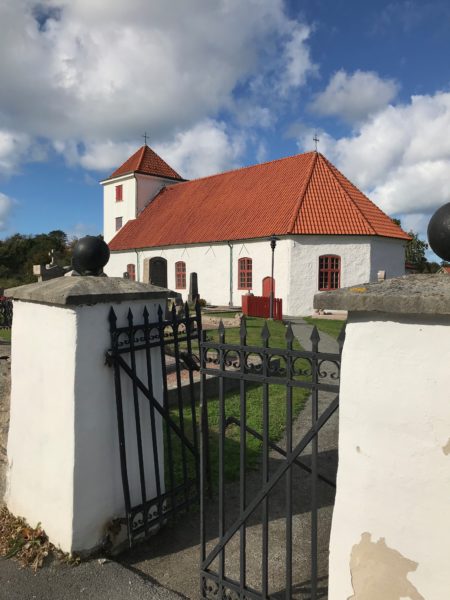
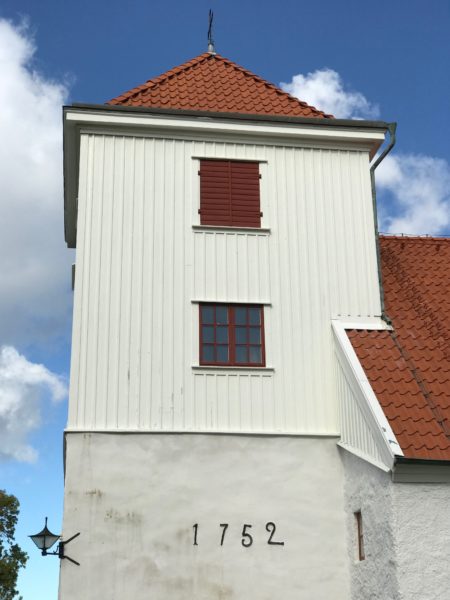
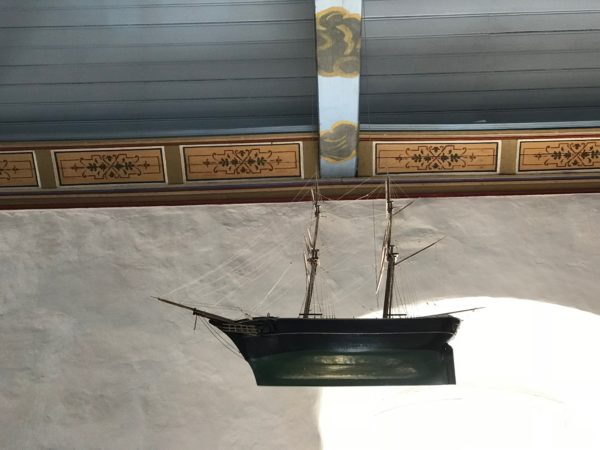
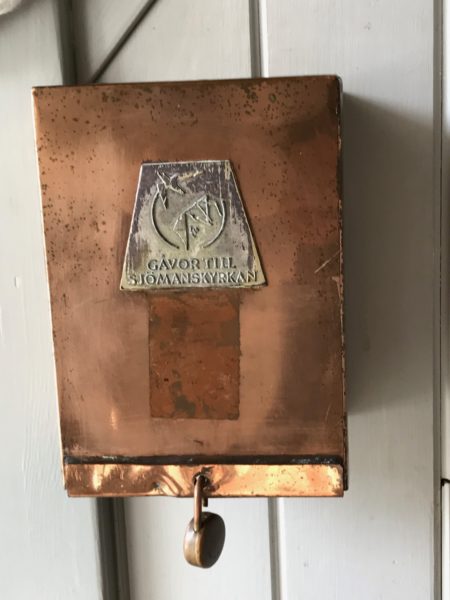
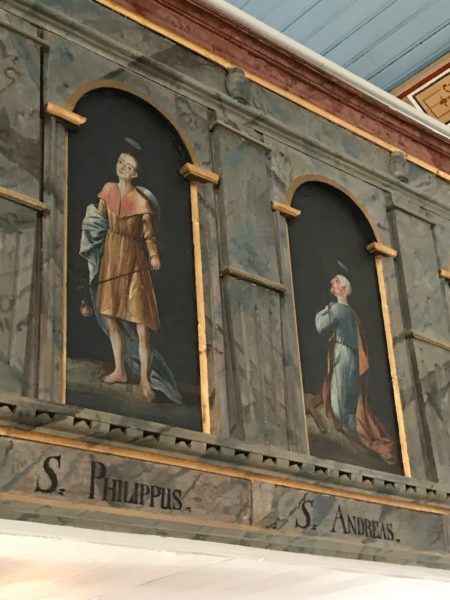
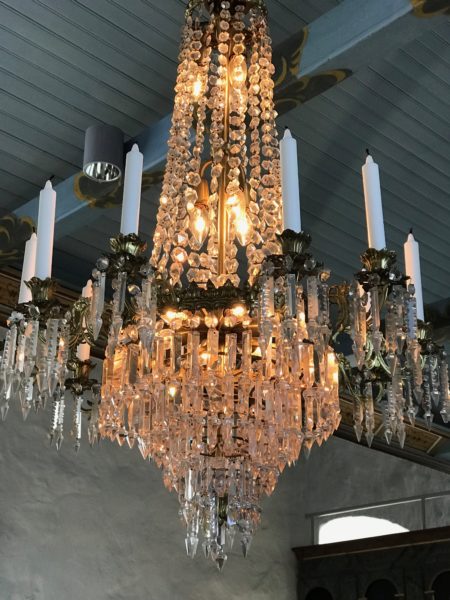
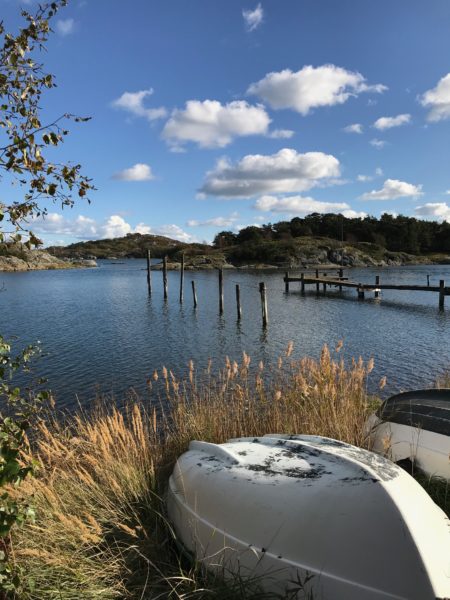
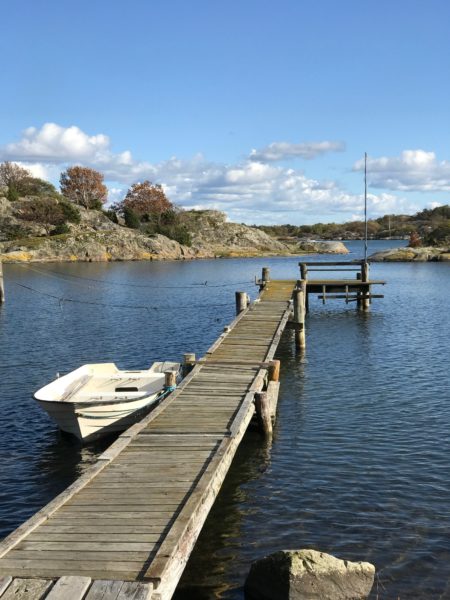
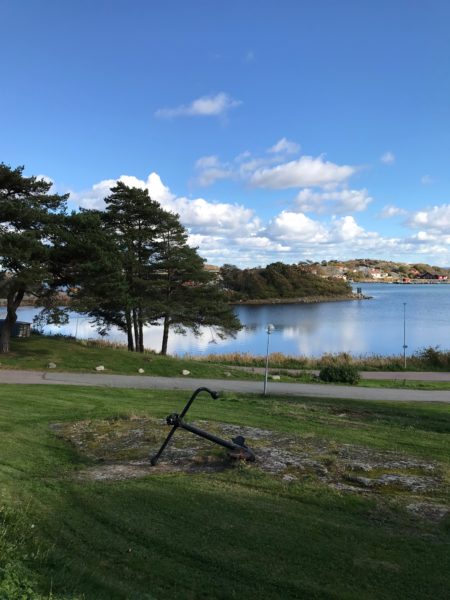
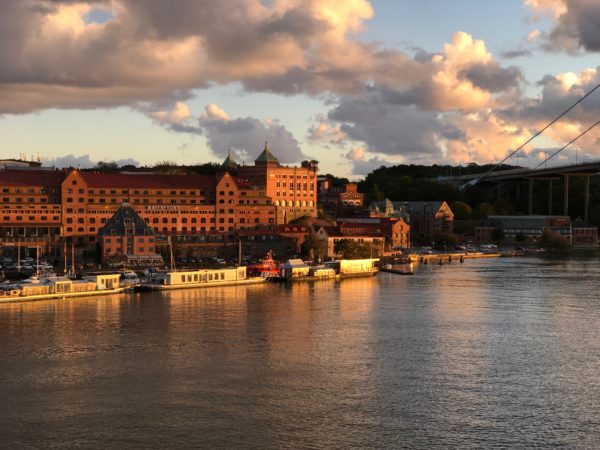
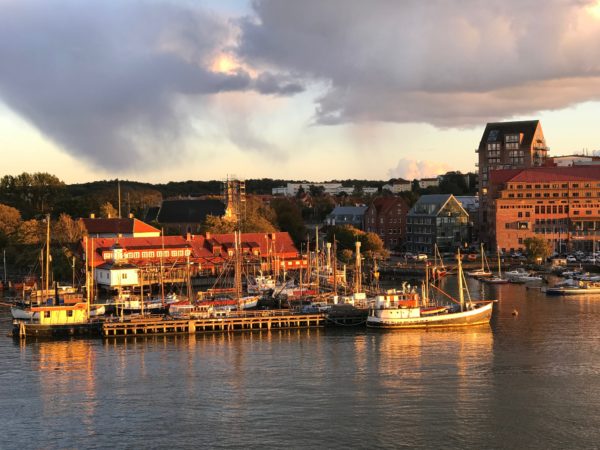
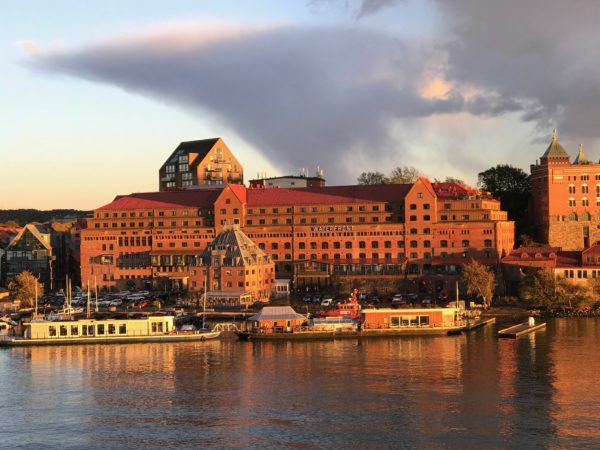
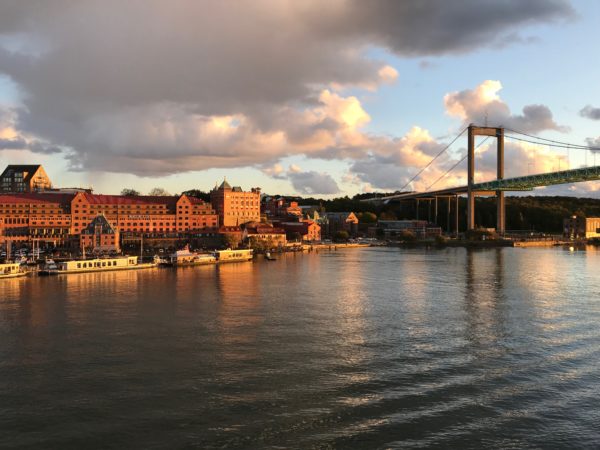
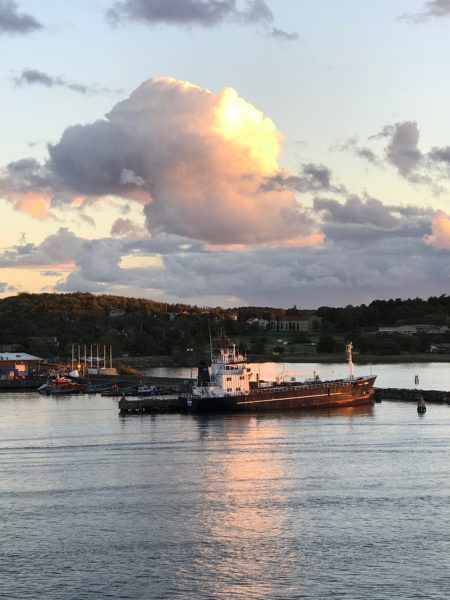
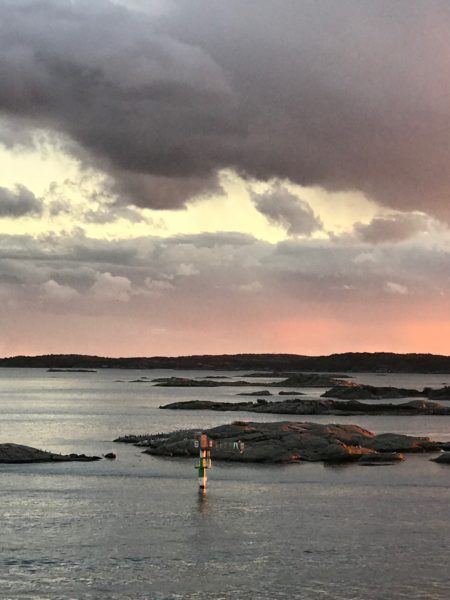
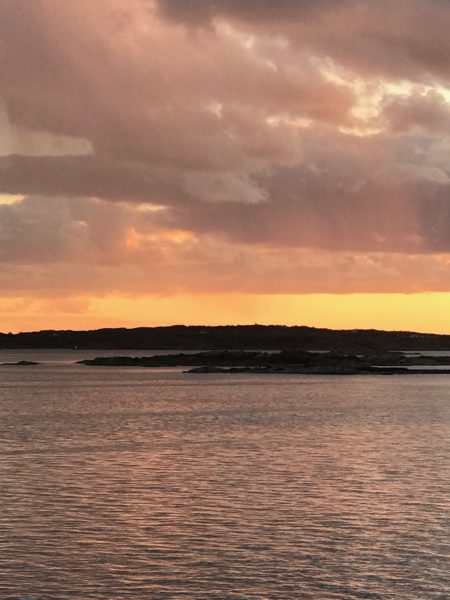
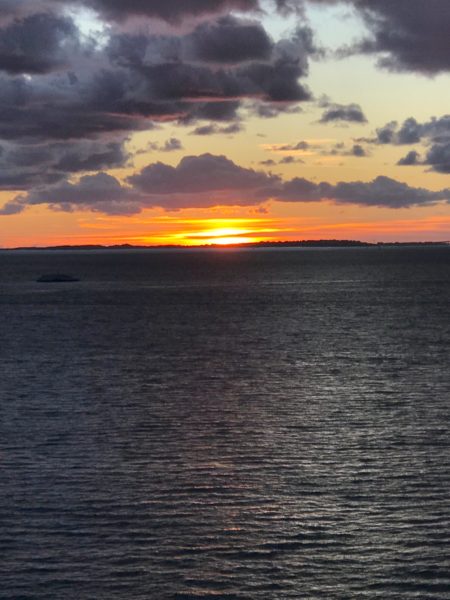
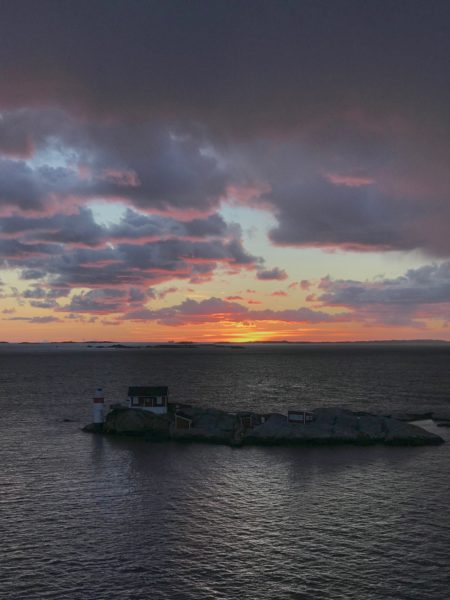
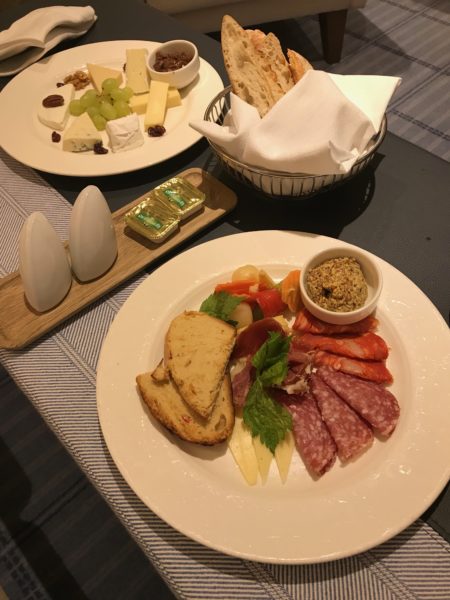
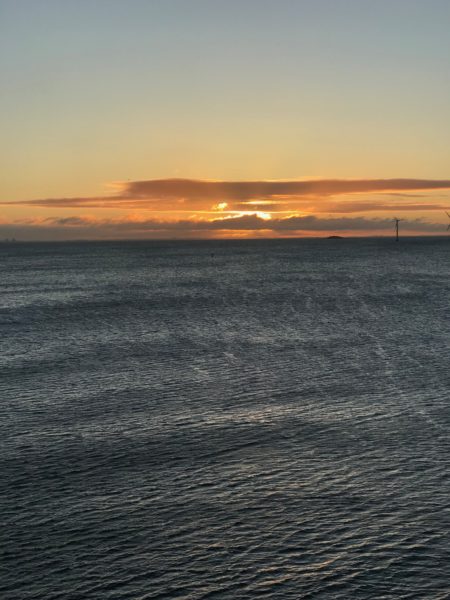
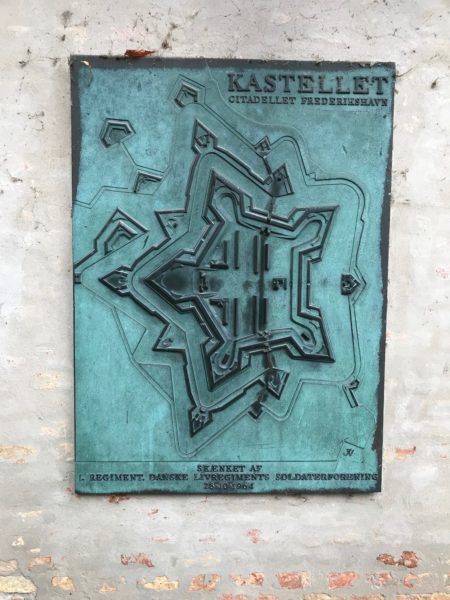
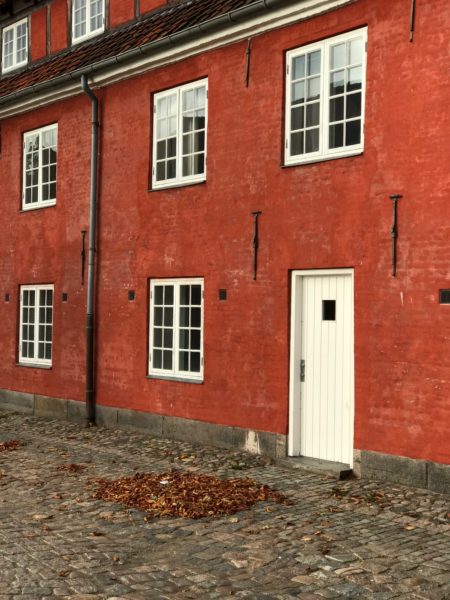
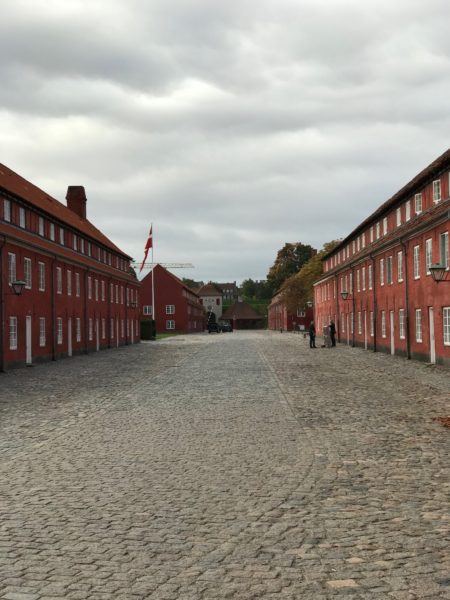
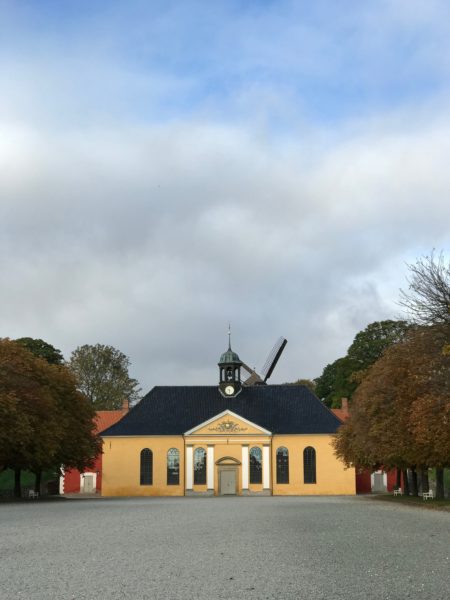
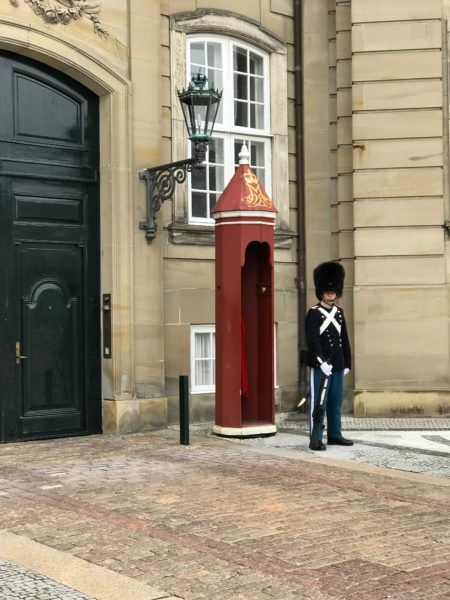
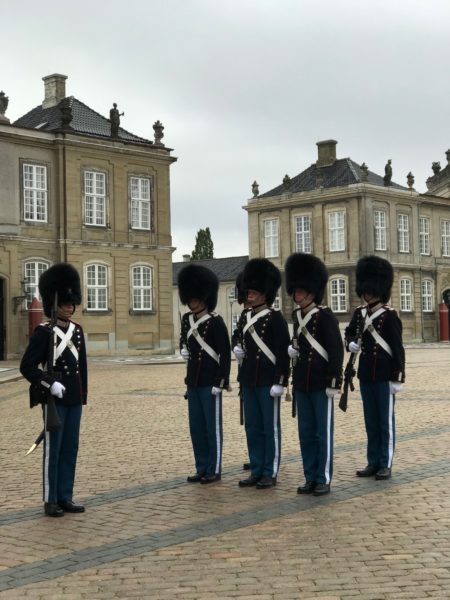
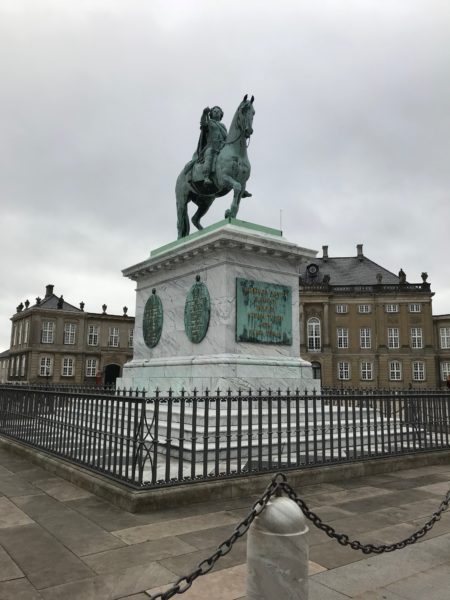
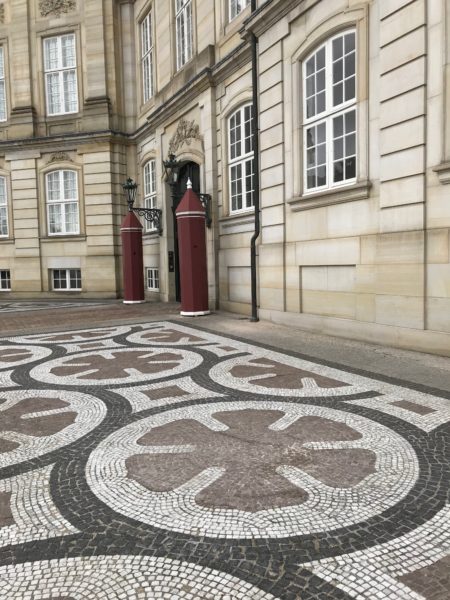
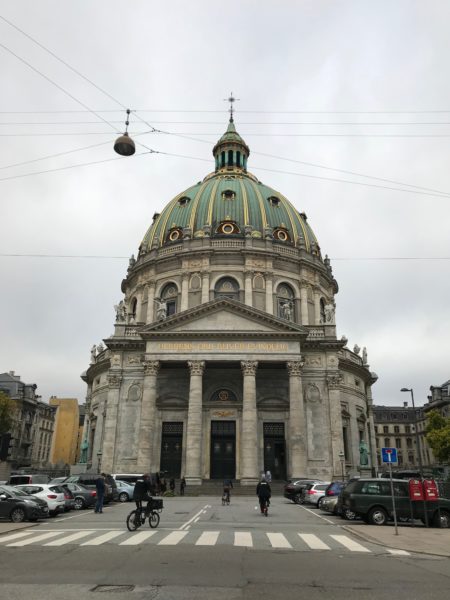
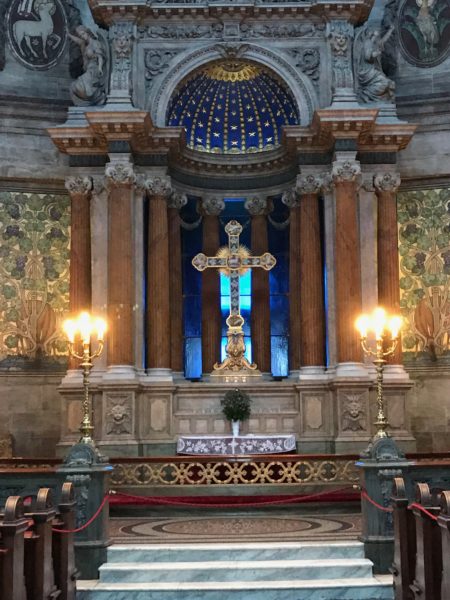
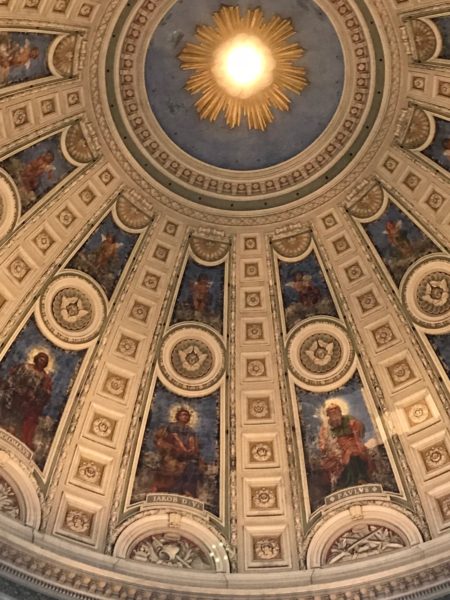
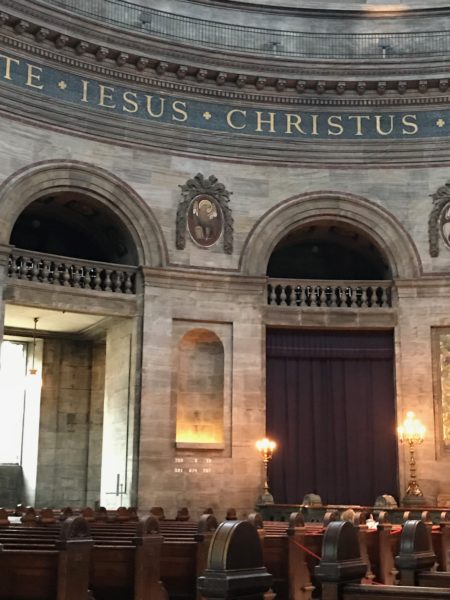
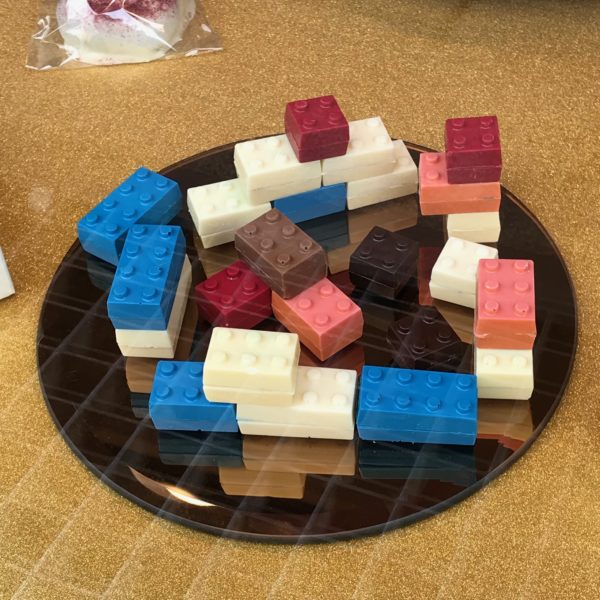
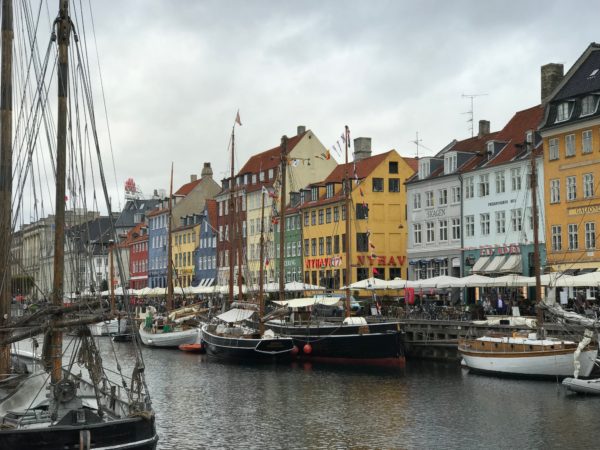
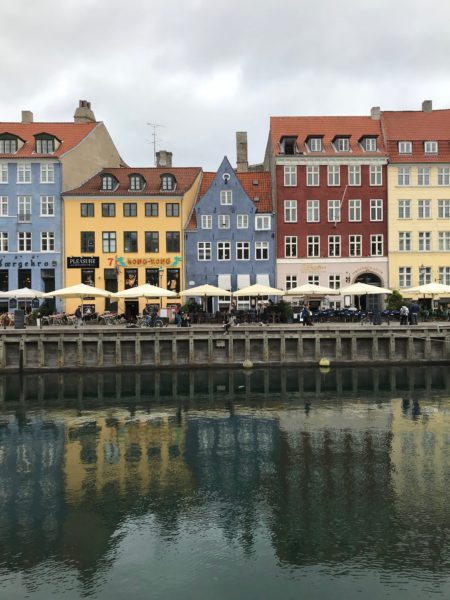
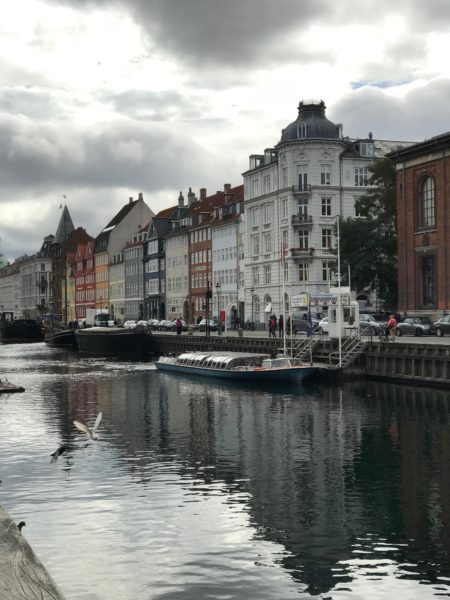
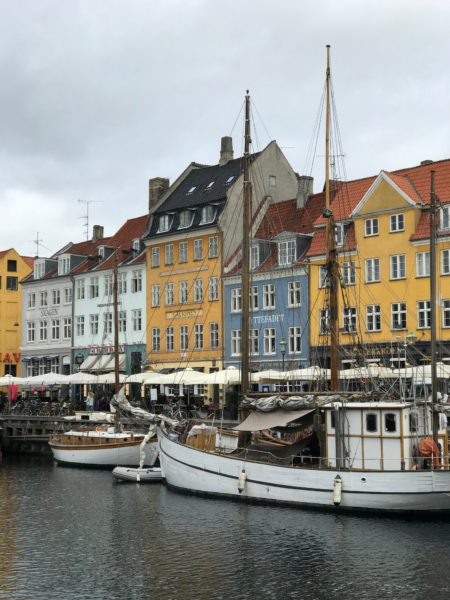
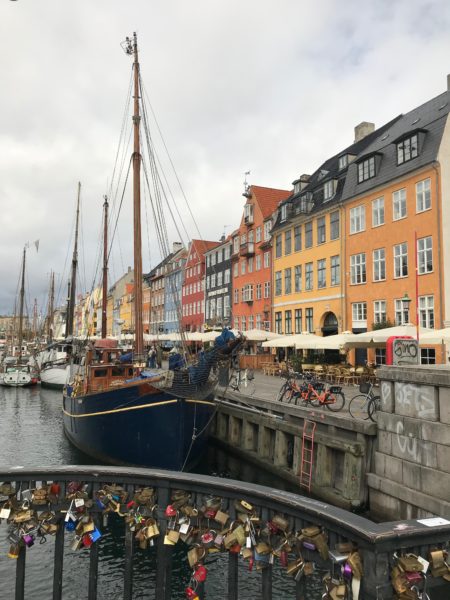
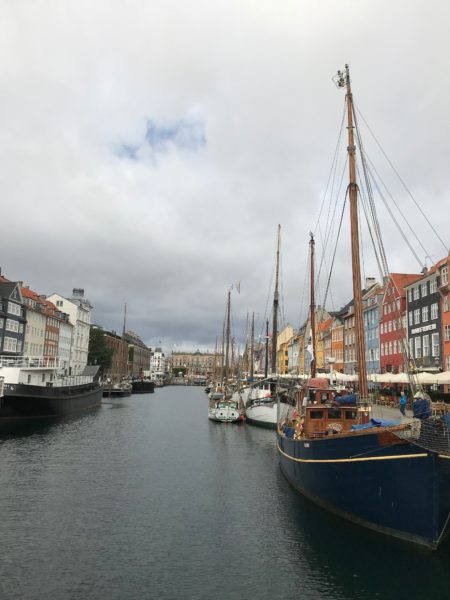
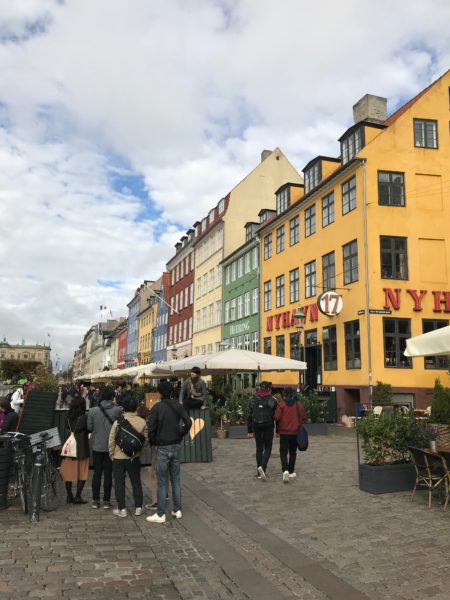
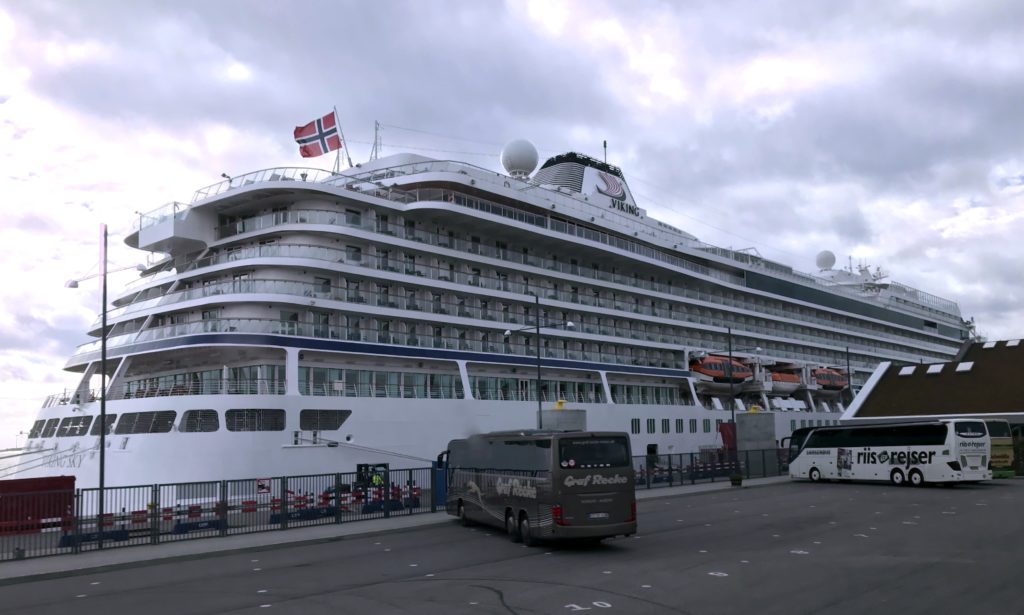
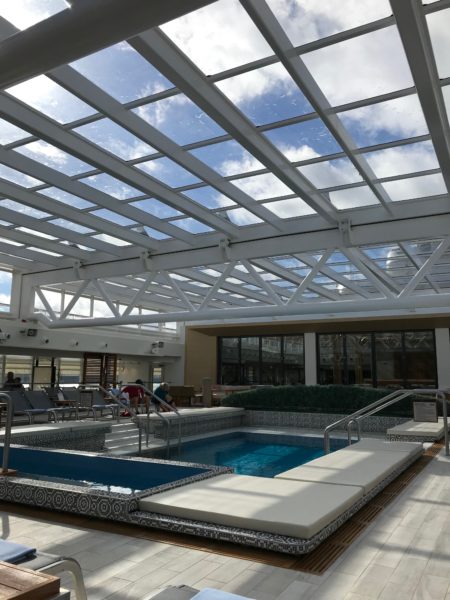
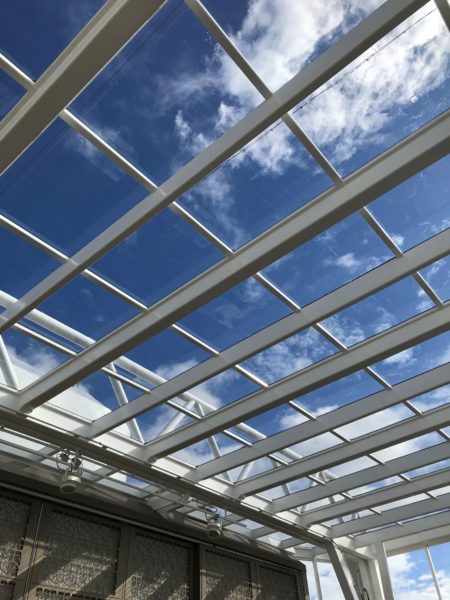
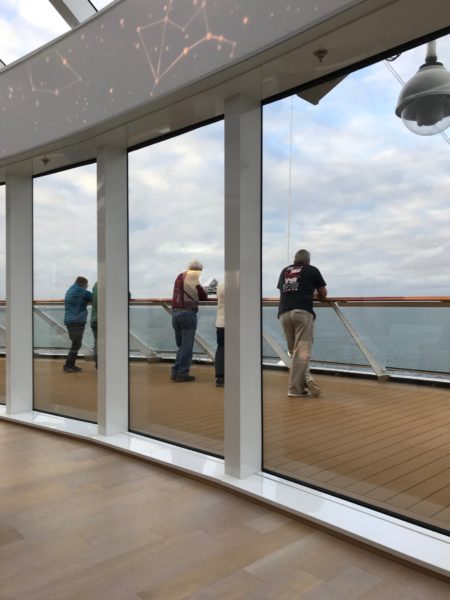
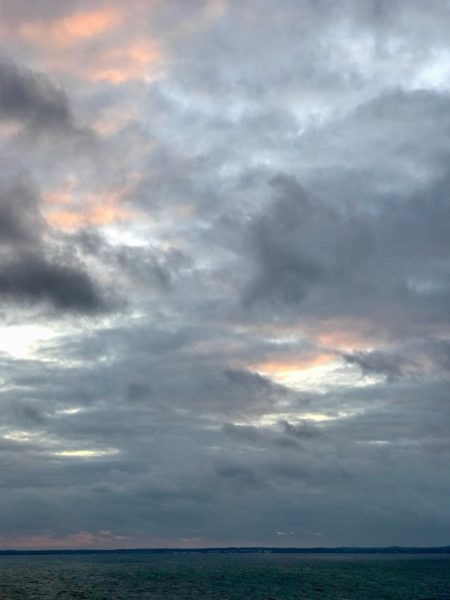
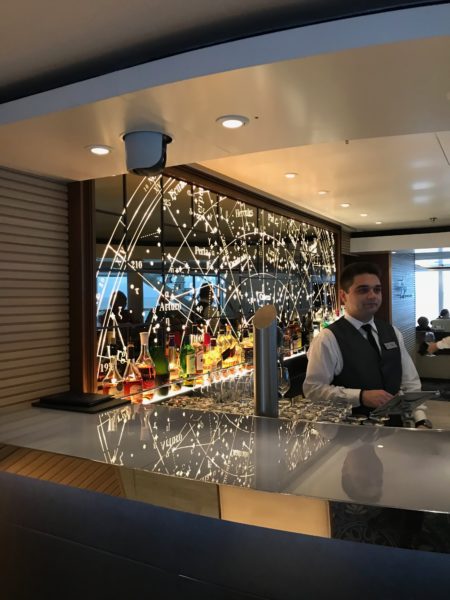
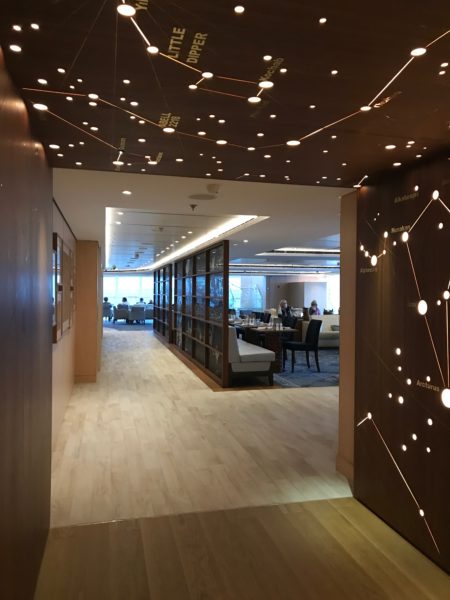
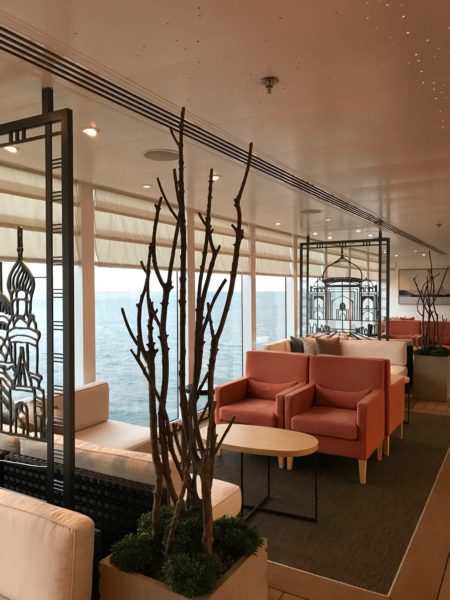
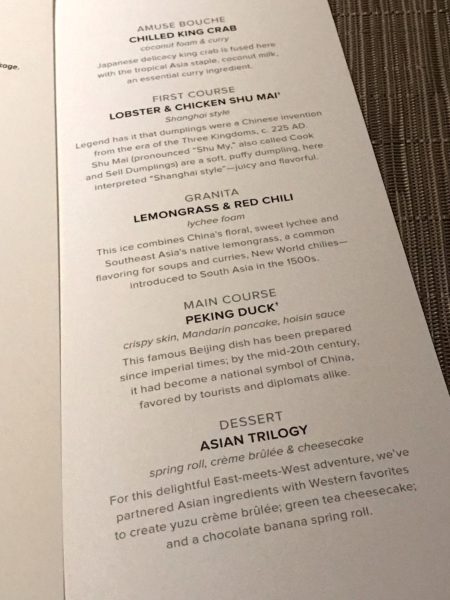
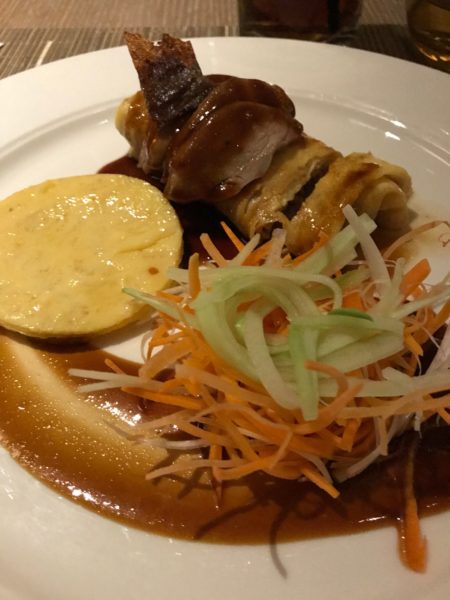
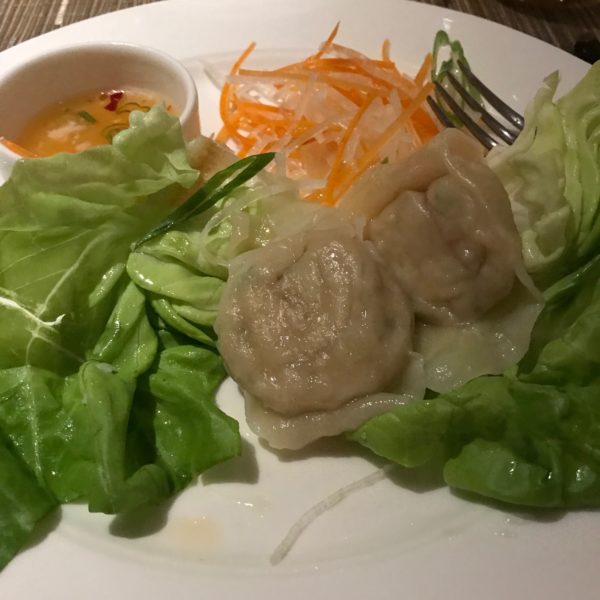
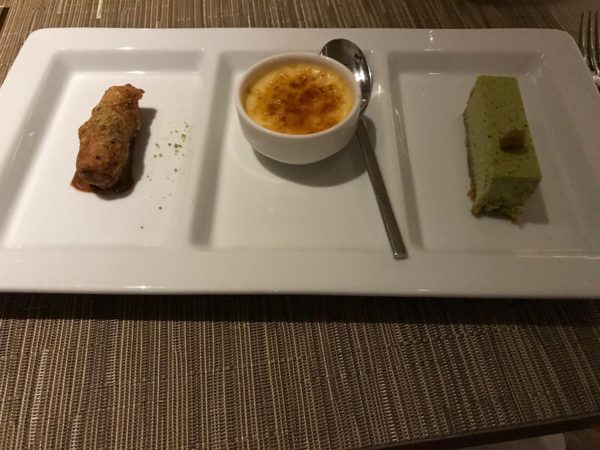
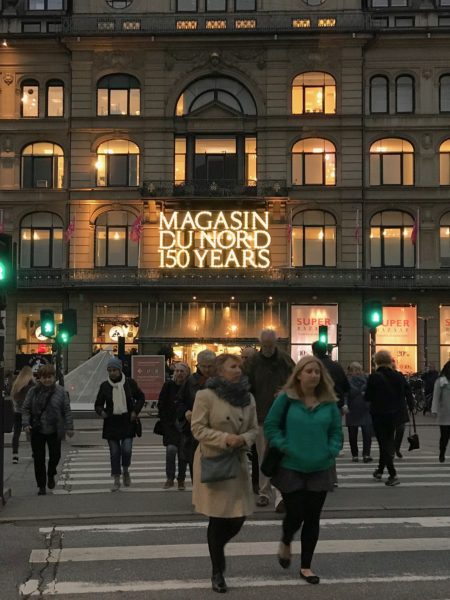 Copenhagen Wednesday September 26, 2018 9:35 PM
Copenhagen Wednesday September 26, 2018 9:35 PM